Last updated on April 5, 2024
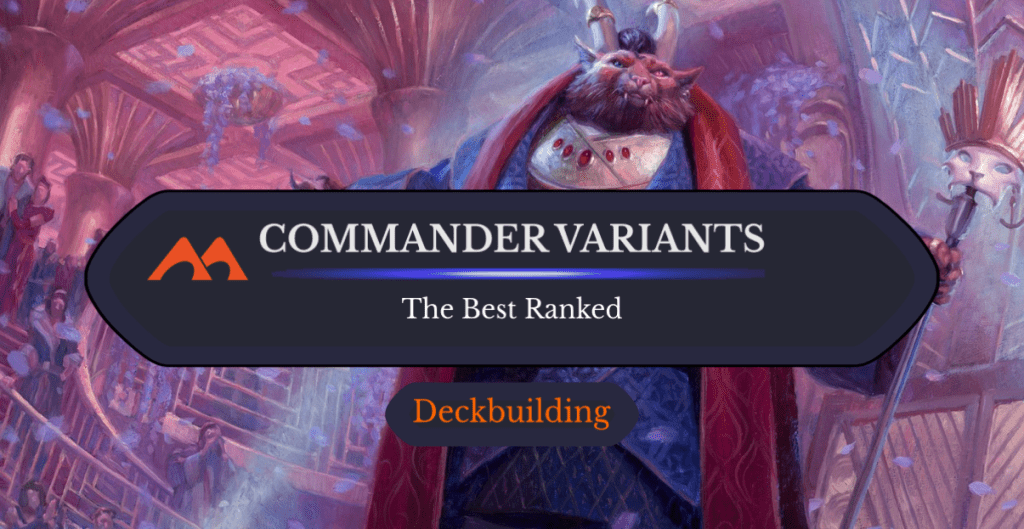
Jetmir, Nexus of Revels | Illustration by Ryan Pancoast
Commander has quickly become Magic’s most popular format. It went from a homebrew idea to a format that receives constant support and attention from Wizards, for better and worse. Part of the appeal of this casual format is the vast range of playable decks, making it a brewer’s paradise.
There are many options for building your commander decks, from power level to colors. But what if you could have even more fun? Today, I’m looking at a few Commander variants that can be a great way to spice up your weekly Commander night with novel takes on the game’s most played format.
What Are Commander Variations?
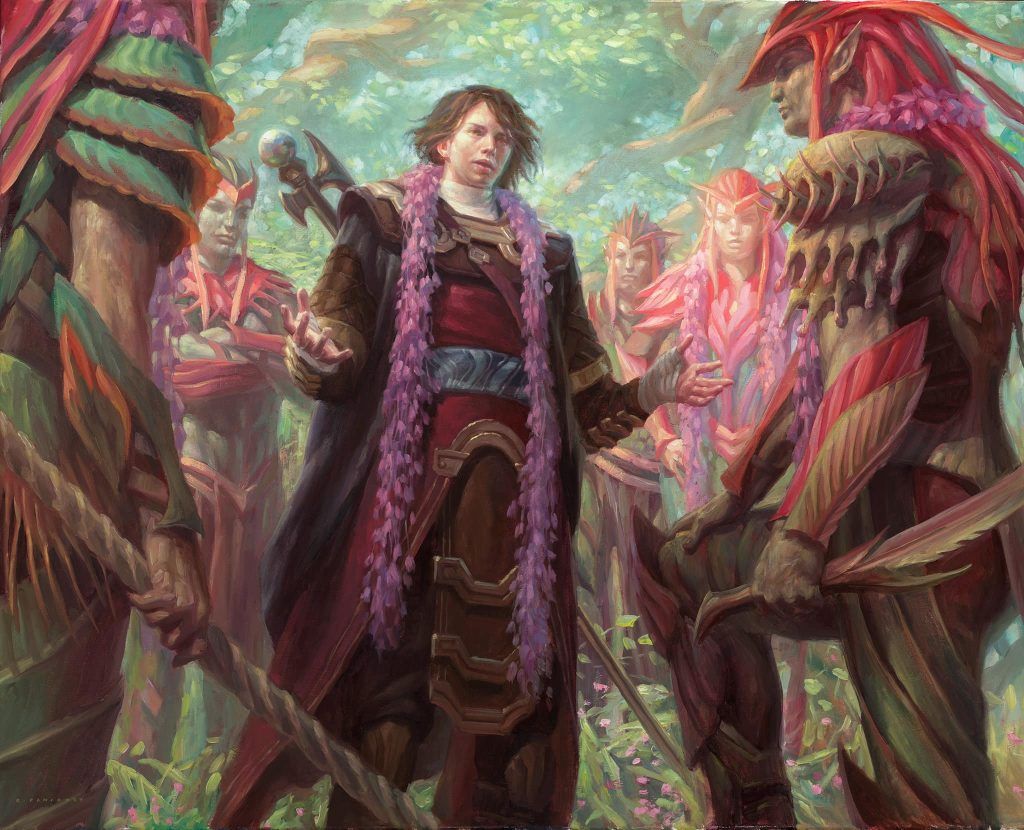
Jodah, the Unifier | Illustration by Ryan Pancoast
Commander variations are additional rule sets applied on top of the rules of the Commander format to create unique and interesting subformats. Some of them can be simple; for example, Artisan EDH only bans rares and mythics, but others are more involved, with detailed ban lists that support the unique playstyles their variation encourages.
The variants generally hold to the core ideas of Commander: singleton decks with a commander in a separate zone, which you can play multiple times by paying additional mana. Many of the variation’s rule changes primarily focus on altering the legality of cards in your deck, but some also affect the number of cards you can play and what counts as a commander.
The primary goal of these formats is to give players more ways to have fun playing Magic! They use Commander as a foundation, so players familiar with good old EDH will likely find a low barrier to entry to start playing them. These variants can make the format more engaging to different play styles; if you’ve played a few games of EDH but found yourself enjoying the company more than your games, one of these variants may spark those creative juices that get you deckbuilding and jamming games you love.
#8. Brawl
Brawl is MTG Arena’s version of Commander, with a few rule changes:
- Each player brings a 60-card singleton deck, including their commander.
- Any legendary creature or planeswalker on Arena can be your commander.
- Players start at 25 life.
- The format is exclusively 1v1 (on Arena, at least).
If you want to play anything resembling Commander on Arena, this is your only option. The card pool is limited to cards on Arena. Brawl has two variants on the client: Historic Brawl, which legalizes any card on Arena, minus a small ban list, and Standard Brawl, which only allows Standard-legal cards.
Brawl is generally a good, fun time! Because it’s always played in the 1v1, the games tend to fly by quickly, letting you jam a lot of games in a short period. I’ve noticed part of this speed comes from early concessions; more than a few players jump ship after their commander has been dealt with once or twice, but it rarely ruins the fun.
That said, there are some cons here. The card pool is pretty small compared to Commander. If you’re playing Historic Brawl, you’ll play with Alchemy cards, both unique Alchemy cards and rebalanced ones.
Additionally, there are some commanders you see a lot that don’t always have the greatest play patterns—Jodah, the Unifier and Esika, God of the Tree are two prominent examples. The games against these commanders tend to feel like a game of hot potato: if you remove the commander, the deck does nothing; if you don’t, you drown in unmanageable value. I wouldn't go so far as calling them egregious or banworthy, but the frequency with which you encounter them and the general sameness of lists and playstyles can be a drag.
With that aside, the novelty of playing a planeswalker in the command zone is fun and does a lot to open deck-building options. The format’s card pool also grows continuously with various remastered sets and expansions. Brawl is especially appealing if you’ve spent considerable time grinding on Arena and have a solid collection. I’ve yet to see a local game store where people play it in paper. Playing paper Brawl is further complicated by the inclusion of Alchemy cards, so your best bet is to find some players interested in playing Standard Brawl or, most likely, keeping it to your computer.
Brawl Deck: Glissa, Sunslayer

Glissa Sunslayer | Illustration by Krharts
Commander (1)
Planeswalkers (8)
Liliana of the Veil
Liliana, the Last Hope
Wrenn and Realmbreaker
Sorin the Mirthless
Nissa, Vital Force
Garruk, Cursed Huntsman
Vraska, Betrayal's Sting
Nissa, Ascended Animist
Battles (2)
Invasion of Innistrad
Invasion of Fiora
Creatures (25)
Elvish Mystic
Llanowar Elves
Orcish Bowmasters
Cankerbloom
Deeproot Wayfinder
Destiny Spinner
Kitesail Freebooter
Llanowar Loamspeaker
Mosswood Dreadknight // Dread Whispers
Paradise Druid
Skull Prophet
Tangled Florahedron
Gix, Yawgmoth Praetor
Graveyard Trespasser
Jadelight Ranger
Murderous Rider
Reclamation Sage
Doomskar Warrior
Questing Beast
Ravenous Chupacabra
Sheoldred, the Apocalypse
Elder Gargaroth
Junji, the Midnight Sky
Kogla, the Titan Ape
Phyrexian Fleshgorger
Instants (15)
Black Sun's Twilight
Cut Down
Fatal Push
Malakir Rebirth
Tamiyo's Safekeeping
Assassin's Trophy
Go for the Throat
Heartless Act
Infernal Grasp
Lonely End
Once Upon a Time
Sheoldred's Edict
Putrefy
Hagra Mauling
Pile On
Sorceries (12)
Bloodchief's Thirst
Inquisition of Kozilek
Thoughtseize
Epic Downfall
Feed the Swarm
Sign in Blood
Agadeem's Awakening
Bala Ged Recovery
Soul Transfer
Breach the Multiverse
Turntimber Symbiosis
Find
Enchantments (3)
A-The Meathook Massacre
Dreadhorde Invasion
Binding the Old Gods
Artifacts (1)
Lands (33)
Blast Zone
Blooming Marsh
Boseiju, Who Endures
Castle Locthwain
Command Tower
Darkbore Pathway
Deathcap Glade
Fabled Passage
Forest x8
Hive of the Eye Tyrant
Llanowar Wastes
Nurturing Peatland
Overgrown Tomb
Swamp x10
Takenuma, Abandoned Mire
Temple of Malady
Woodland Cemetery

I’ve tinkered around with several Brawl decks, but this Golgari one headed by the indomitable Glissa Sunslayer is my favorite. I’m just a sucker for The Rock! This deck holds to those basic principles: good interaction and imposing creatures are connected with a touch of card advantage to grind your opponent into the ground.
Since this is a 1v1 format, you can make much better use of one-for-one removal than in multiplayer. Additionally, you get to leverage hand disruption like Thoughtseize and Inquisition of Kozilek, which is practically unplayable in Commander.
The deck’s game plan is straightforward: Play to the board and interact with your opponent. Green gives you quite a few ways to accelerate early, including Delighted Halfling, Paradise Druid, and Llanowar Loamspeaker. If you’re not accelerating, you get to use solid creatures like Cankerbloom and Mosswood Dreadknight or some of those discard spells.
The commander is just an excellent threat for this style of deck. It demands an answer or else runs away with the game. It’s fantastic at pushing damage and generating card advantage. Getting to destroy enchantments is also quite powerful; there are a lot of good enchantments in the format, and another commander I often encounter is Sythis, Harvest's Hand.
In addition to Glissa, the deck packs lots of solid midrange threats, from planeswalkers like Liliana of the Veil to Constructed staples like Orcish Bowmasters and Sheoldred, the Apocalypse. This isn’t the flashiest deck, but it plays well and has the interaction to deal with the stronger strategies and aggressive decks.
#7. Tiny Leaders
A favorite phrase of Magic designer Mark Rosewater’s is the adage “restrictions breed creativity.” This is true in many cases, and one of the most prominent is the format of Tiny Leaders. This format imposes quite a few restrictions on the traditional Commander ruleset:
- Each player brings a 50-card singleton deck, including their commander.
- Each player starts at 25.
- There is no commander damage.
- No card, including the commander, can cost more than 3 mana.
The last rule makes the format interesting. Tiny Leaders was designed as a 1v1 format, though multiplayer works just as well. Its ban list is similar to the traditional Commander ban list, with fast mana and tutors as the two categories with more bans than in EDH proper.
With Tiny Leaders, the joy of the format comes from working within the confines given to you. Plenty of powerful Magic cards cost less than 3 mana, so power isn’t an issue. It’s a particularly interesting take on Commander since one of the format's hallmarks has traditionally been casting big, expensive spells that are too slow for more competitive, efficiency-oriented Constructed formats.
Since you aren’t relying on big spells, that changes the way you’ll want to build your decks, primarily by making ramp weaker. Not unplayable, of course; it’s always good to get a mana advantage. But stuffing your decks with Signets and Cultivate variants isn’t nearly as impactful when the end result isn’t monstrous spells like Enter the Infinite or Etali, Primal Conqurer.
The biggest downside with Tiny Leaders is that the format has declined in popularity over the past few years. It’s not dead, but it's hard to find games casually.
Tiny Leaders Deck: Anafenza, the Foremost
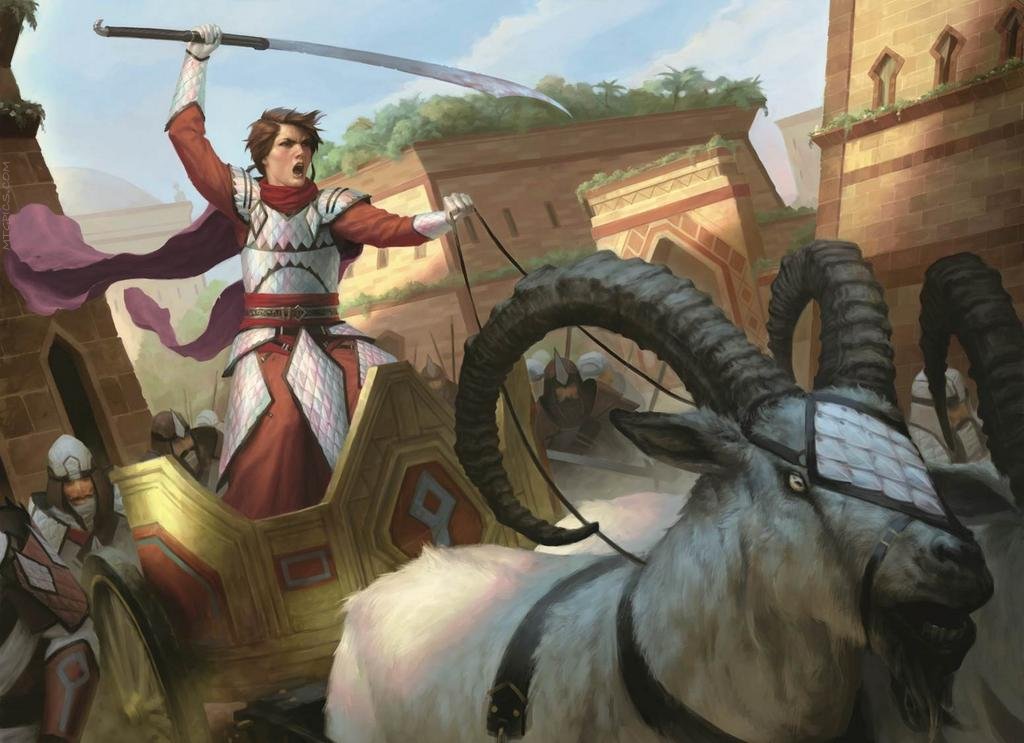
Anafenza, the Foremost | Illustration by James Ryman
Commander (1)
Creatures (18)
Avacyn's Pilgrim
Birds of Paradise
Delighted Halfling
Elves of Deep Shadow
Esper Sentinel
Anafenza, Kin-Tree Spirit
Botanical Brawler
Conclave Mentor
Dusk Legion Duelist
Orcish Bowmasters
Thalia, Guardian of Thraben
Winding Constrictor
Abzan Falconer
Adeline, Resplendent Cathar
Good-Fortune Unicorn
Kami of Whispered Hopes
Rosie Cotton of South Lane
Scurry Oak
Instants (4)
Path to Exile
Swords to Plowshares
Bitter Triumph
March of the Multitudes
Sorceries (2)
Prismatic Ending
Night's Whisper
Enchantments (2)
Artifacts (1)
Lands (22)
Bayou
Blooming Marsh
Boseiju, Who Endures
Castle Ardenvale
City of Brass
Command Tower
Concealed Courtyard
Eiganjo, Seat of the Empire
Gavony Township
Godless Shrine
Mana Confluence
Marsh Flats
Minas Tirith
Overgrown Tomb
Razorverge Thicket
Savannah
Scrubland
Silent Clearing
Takenuma, Abandoned Mire
Temple Garden
Verdant Catacombs
Windswept Heath
Anafenza, the Foremost helms this aggressive +1/+1 counters deck. You want to play to the board hard and fast, deploying a suite of disruptive creatures including Thalia, Guardian of Thraben, Orcish Bowmasters, and Esper Sentinel to tear through your opponent’s measly 25 life.
With the cost of spells capped at 3, most creatures are small and efficient. Utilizing +1/+1 counters is a great way to ensure your creatures get bigger. There are plenty of options to toss counters on your creatures, including your commander and spells like Duskshell Crawler and Good-Fortune Unicorn.
The deck's greatest strength is its ability to double counters and pass them to the next creature. Cards like Conclave Mentor, Winding Constrictor, and Ozolith, the Shattered Spire help your creatures to grow well beyond what your opponents can handle.
#6. Artisan EDH
Of all these formats, Artisan EDH, or aEDH, remains closest to the Commander rule set. It only introduces one rule change:
- All cards in your deck must have been printed at common or uncommon.
Beyond this simple yet impactful restriction, the format retains the same ban list and set legality as traditional Commander. Only using uncommon legendary creatures seems restrictive, but there are over 300 options at the time of writing. Ever since Dominaria, Wizards hasn’t been shy about printing uncommon legendary creatures. Not only are sets like Commander Masters loaded with uncommon legends, but many Standard sets also use uncommon legendary creatures as signposts uncommons, as The Lost Caverns of Ixalan demonstrates with Captain Storm, Cosmium Raider, and Akawalli, the Seething Tower.
Don’t be afraid of losing out on power by restricting your rarity. There’s still plenty of power and fun at the uncommon and common level; the example deck is a full-on combo deck that goes infinite ten ways to Sunday.
This format is best for players who might be tired of modern Magic design pushing the limits, especially with powerful, pushed cards designed for Commander. This is explicitly listed as one of the reasons for the format’s creation. I get it. It’s fun to play with flashy new cards, but there are so many pushed cards that warp games around themselves (looking at you, Etali, Primal Conqueror). If the idea of a chiller format reminiscent of long-past days of EDH sounds good to you, aEDH is a format worth exploring.
aEDH Deck: Abdel Adrian, Gorion’s Ward + Agent of the Iron Throne

Agent of the Iron Throne | Illustration by Josh Hass
Commander (2)
Agent of the Iron Throne
Abdel Adrian, Gorion's Ward
Creatures (25)
Carrion Feeder
Bartolomé del Presidio
Blood Artist
Cathar Commando
Corpse Knight
Cruel Celebrant
Dauntless Dismantler
Dusk Legion Zealot
Elas il-Kor, Sadistic Pilgrim
Leonin Relic-Warder
Putrid Goblin
Reassembling Skeleton
Shepherd of the Flock
Spirited Companion
Wall of Omens
Flickerwisp
Heliod's Pilgrim
Inspiring Overseer
Moon-Blessed Cleric
Priest of Ancient Lore
Felidar Guardian
Ravenous Chupacabra
Gray Merchant of Asphodel
Shriekmaw
Troll of Khazad-dûm
Instants (16)
Cloudshift
Culling the Weak
Ephemerate
Malakir Rebirth
Path to Exile
Swords to Plowshares
Village Rites
Bitter Triumph
Deadly Dispute
Despark
Fanatical Offering
Flicker of Fate
Kabira Takedown
Reprieve
Shred Memory
Snuff Out
Sorcery (8)
Bone Shards
Reanimate
Exhume
Night's Whisper
Sign in Blood
Angelic Purge
Buried Alive
Dimir Machinations
Enchantments (5)
Animate Dead
Dance of the Dead
Bastion of Remembrance
Far Traveler
Necromancy
Artifacts (8)
Skullclamp
Culling Dais
Ichor Wellspring
Mephitic Draught
Mycosynth Wellspring
Prophetic Prism
Servo Schematic
Ashnod's Altar
Lands (36)
Ash Barrens
City of Brass
Command Tower
Evolving Wilds
Goldmire Bridge
Orzhov Basilica
Orzhov Guildgate
Plains x11
Scoured Barrens
Silverquill Campus
Snowfield Sinkhole
Sunlit Marsh
Swamp x13
Tainted Field
This is a combo list centered on the combo created with Abdel Adrian, Gorion's Ward and Animate Dead, though there's redundancy for each combo piece. This deck isn't as powerful as it would be in EDH proper, primarily because you lose access to most forms of fast mana and tutors like Vampiric Tutor and Entomb that could set the combo up.
But that’s the heart of Artisan EDH! This deck doesn’t shy away from doing powerful things, but the lack of fast mana, tutors, and busted cards like Orcish Bowmasters and The One Ring keeps things more casual.
Two-Headed Giant Decks: Sheoldred, the Apocalypse + Kami of the Cresent Moon

Sheoldred, the Apocalypse | Illustration by Chris Rahn
Commander (1)
Planeswalkers (1)
Creatures (14)
Dark Confidant
Dauthi Voidwalker
Orcish Bowmasters
Master of the Feast
Opposition Agent
Vito, Thorn of the Dusk Rose
Bloodletter of Aclazotz
Crypt Ghast
Fate Unraveler
Gray Merchant of Asphodel
Psychosis Crawler
Seizan, Perverter of Truth
K'rrik, Son of Yawgmoth
Vilis, Broker of Blood
Instants (11)
Culling the Weak
Cut Down
Dark Ritual
Defile
Entomb
Malakir Rebirth
Vampiric Tutor
Bitter Triumph
Infernal Grasp
Deadly Rollick
Snuff Out
Sorceries (13)
Bubbling Muck
Imperial Seal
Reanimate
Damnable Pact
Demonic Tutor
Night's Whisper
Sign in Blood
Agadeem's Awakening
Dark Deal
Grim Tutor
Toxic Deluge
Damnation
Peer into the Abyss
Enchantments (6)
Bloodchief Ascension
Animate Dead
Necropotence
Underworld Dreams
Exquisite Blood
Sanguine Bond
Artifacts (17)
Chrome Mox
Lion's Eye Diamond
Mana Crypt
Mana Vault
Sensei's Divining Top
Sol Ring
Anvil of Bogardan
Howling Mine
Jet Medallion
Mind Stone
Thought Vessel
Crawlspace
Aetherflux Reservoir
Font of Mythos
Teferi's Puzzle Box
The One Ring
Bolas's Citadel
Lands (37)
Ancient Tomb
Crystal Vein
Gemstone Caverns
Swamp x33
Takenuma, Abandoned Mire
Commander (1)
Planeswalkers (1)
Creatures (9)
Faerie Mastermind
Thassa's Oracle
Glasspool Mimic
Jace's Archivist
Minn, Wily Illusionist
Silent Arbiter
Tidal Barracuda
Psychosis Crawler
Arcanis the Omnipotent
Instants (20)
An Offer You Can't Refuse
Dispel
Flusterstorm
High Tide
Mystical Tutor
Slip Out the Back
Swan Song
Arcane Denial
Counterspell
Cyclonic Rift
Delay
Mana Drain
Snap
Archmage's Charm
Fierce Guardianship
Force of Negation
Cryptic Command
Force of Will
Misdirection
Mystic Confluence
Sorceries (12)
Gitaxian Probe
Minds Aglow
Ponder
Prosperity
Timetwister
Windfall
Lórien Revealed
Temporal Manipulation
Time Warp
Echo of Eons
Time Spiral
Sea Gate Restoration
Enchantments (6)
Confounding Conundrum
Dictate of Kruphix
Rhystic Study
Forced Fruition
Mind Over Matter
Well of Ideas
Artifacts (15)
Chrome Mox
Lion's Eye Diamond
Mana Crypt
Meekstone
Sol Ring
Anvil of Bogardan
Arcane Signet
Howling Mine
Mind Stone
Sapphire Medallion
Thought Vessel
Horn of Greed
Temple Bell
Font of Mythos
The One Ring
Lands (36)
Ancient Tomb
Flooded Strand
Gemstone Caverns
Island x30
Mystic Sanctuary
Otawara, Soaring City
Scalding Tarn
These two decks, commanded by Sheoldred, the Apocalypse and Kami of the Crescent Moon, were made for each other. Sheoldred sits at the forefront while the Kami deck takes a supporting role.
Sheoldred has all the trappings you need to win. The primary win condition is the commander, with its burn supplemented by similar effects in black like Underworld Dreams. Should that plan fail, the deck also has the Sanguine Bond + Exquisite Blood combo and the trio of Bolas's Citadel, Sensei's Divining Top, and Aetherflux Reservoir.
Kami of the Cresent MoonWhile Sheoldred focuses on winning the game, Kami of the Cresent Moon supports from the backside. This deck’s primary job is to protect and enable Sheoldred; to that end, it’s stuffed with counterspells, far more than I’d run in a solo deck. You also have tons of wheels and extra turns, plus enablers like Forced Fruition, that a mono-black deck doesn’t have access to.
There’s also some overlap between the card pools, namely in the artifact-based forced draw; cards like Howling Mine and Font of Mythos are in both decks, increasing the odds of finding these vital engines. These two commander decks work in sync to eliminate the opposing team.
#4. Oathbreaker
Oathbreaker recently saw a surge in popularity, and the Freeform Commander format on MTGO has made it even easier to play digitally than before. This format has a couple of unique, interesting rules:
- Players begin the game with 20 life.
- Each player brings a 60-card singleton deck.
- Your commander, or oathbreaker, must be a planeswalker. You also get a signature spell that’s an instant or sorcery that shares your oathbreaker’s color identity.
- You can only cast your signature spell if you control your oathbreaker.
- Your oathbreaker and signature spell are subject to the commander tax, which is calculated for each spell independently.
This is one of the most unique and interesting Commander variants. Starting at 20 life is especially interesting; that’s pretty low for many of these formats! One of the creators noted that this was a way to allow strategies “like aggro or burn, to remain viable while reducing the time it took to play a game.” This is quite appealing; I’ve gotten the sense that lots of aggressive strategies are weak in Commander, with multiple high life totals and an abundance of board wipes running rampant.
Giving players a commander and the signature spell makes this format stand out as one that offers a lot of deckbuilding variety. With a ban list that includes most, but not all, fast mana and many combo options that would be devastating signature spells, Oathbreaker works great as a 1v1 or multiplayer format.
Oathbreaker Deck: Minsc & Boo, Timeless Heroes
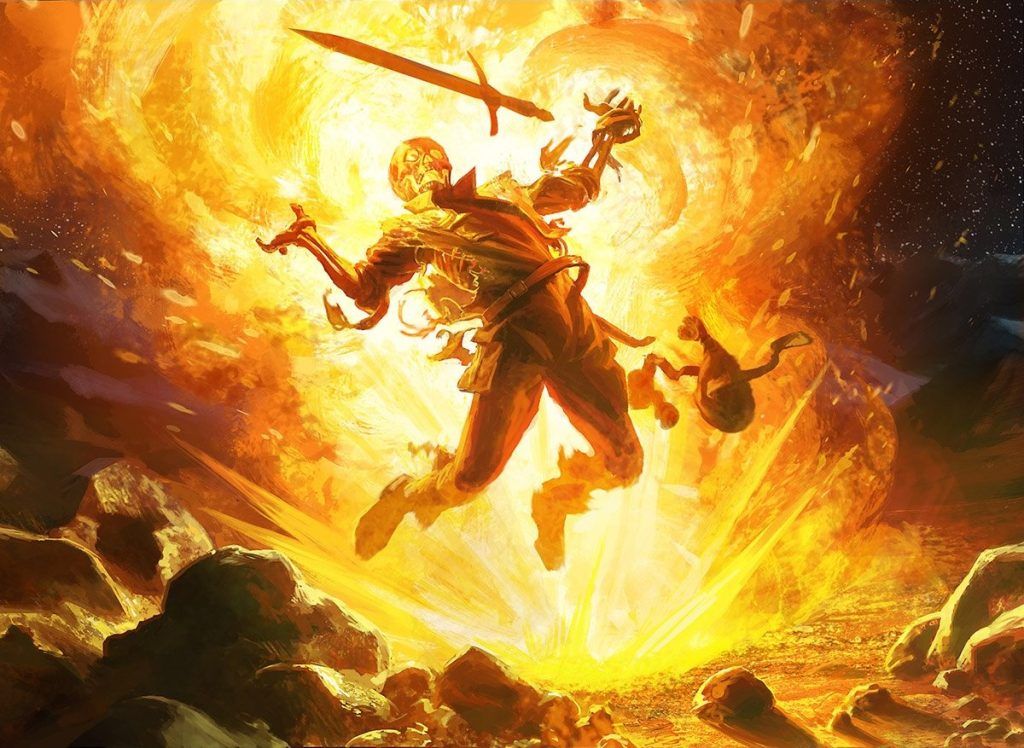
Fireblast | Illustration by Mike Bierek
Commander (2)
Minsc & Boo, Timeless Heroes
Fireblast
Planeswalkers (1)
Creatures (19)
Birds of Paradise
Bomat Courier
Elvish Mystic
Fyndhorn Elves
Goblin Guide
Llanowar Elves
Monastery Swiftspear
Ragavan, Nimble Pilferer
Soul-Scar Mage
Tinder Wall
Dire Fleet Daredevil
Eidolon of the Great Revel
Kari Zev, Skyship Raider
Magda, Brazen Outlaw
Scavenging Ooze
Captain Lannery Storm
Endurance
Professional Face-Breaker
Simian Spirit Guide
Instants (8)
Lightning Bolt
Play with Fire
Pyroblast
Shock
Lightning Strike
Skullcrack
Char
Deflecting Swat
Sorceries (5)
Chain Lightning
Firebolt
Lava Spike
Rift Bolt
Skewer the Critics
Enchantments (1)
Artifacts (2)
Lands (22)
Arid Mesa
Cinder Glade
Command Tower
Cragcrown Pathway
Forest x3
Mountain x9
Sheltered Thicket
Stomping Ground
Taiga
Windswept Heath
Wooded Foothills
Wooded Ridgeline
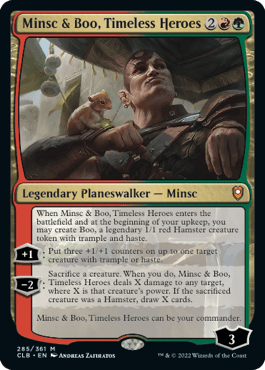
The creator said he wanted burn to be viable, so I’m going to burn! And attack with my oathbreaker, Minsc & Boo, Timeless Heroes, paired with the signature spell Fireblast.
This is just an aggressive deck. It has a handful of the available fast mana including Tinder Wall and Mox Diamond to enable explosive starts that primarily involve playing Minsc & Boo as quickly as possible to start racking up the damage. This list is geared more towards the 1v1, with burn staples like Goblin Guide, Monastery Swiftspear, and Lava Spike helping get your opponent to 0; these cards aren’t as powerful in multiplayer, even with lower life.
Fireblast really ties the deck together. Fun fact: you can pay for your signature spell with alternate costs, though you still need to pay the commander tax. For a mere 4 mana and six Mountains, Fireblast can deal 12 damage to the target of your choice. It’s a fantastic and brutal way to close a game.
#3. Pauper EDH
Pauper EDH, or PDH, marries one of Magic’s most popular sanctioned formats with the most popular format overall. The added rule set is simple:
- Each player brings a 100-card singleton deck, including the commander.
- All cards in the 99 must have been printed at common; only paper printings count.
- In multiplayer, players start at 30 life; in 1v1, they start at 25.
- Commander damage in multiplayer is 16; in 1v1, it’s 21.
- Commanders must be uncommon creatures, but they don’t need to be legendary.
The charm of this format is that last rule. Getting to play any uncommon creature, not just legendaries, leaves players with tons of room to brew. This is a perfect format for anybody who’s looked at cards like Mayhem Devil or Third Path Iconoclast and thought they’d be perfect in the command zone.
It’s worth noting that multiplayer and single-player have slightly different ban lists in addition to the differences in life totals, but they’re very fair and small, and the format is better for them.
This can be a very creative format, but there are plenty of powerful things to do. Just as EDH has cEDH, PDH has a competitive Pauper EDH scene, cPDH, that focuses on doing the most powerful things as quickly as possible—it’s astounding how many decks can combo off with just commons.
Many Pauper EDH decks also have combos tailored to their commanders, which leads to a ton of diversity in deck building; you can’t just jam Thassa's Oracle and Demonic Consultation into every Dimir deck here.
Of course, you can also play at more casual power levels. This often leads to creature-focused and heavily interactive gameplay. I’ve not played a ton of this variant, but the games I have enjoyed have been great! It’s also well worth noting that this is an incredibly accessible format. Some commons can be pricy, but the rarity restriction tends to push the price of the decks down. You’ll rarely, if ever, need to spend more than $100 to collect a few decks.
Pauper EDH Deck: Gut, True Soul Zealot + Inspiring Leader
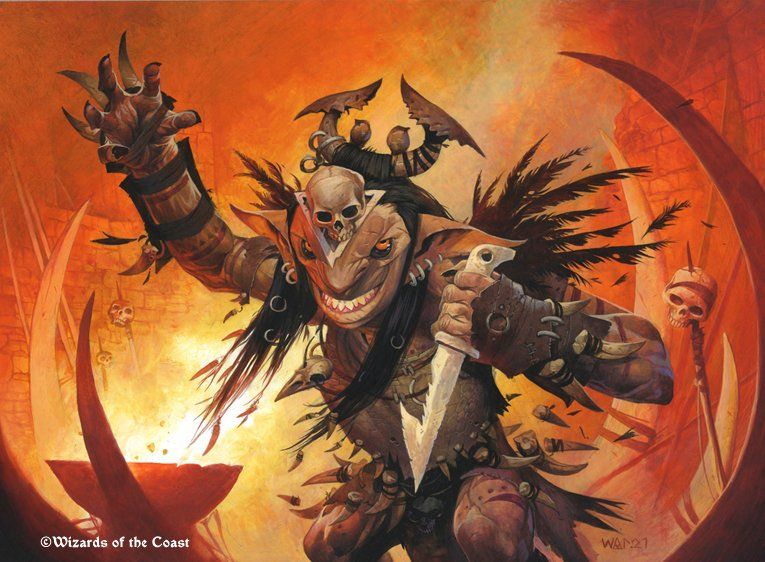
Gut, True Soul Zealot | Illustration by Wayne Reynolds
Commanders (2)
Gut, True Soul Zealot
Inspiring Leader
Creatures (19)
Benevolent Bodyguard
Crawling Chorus
Doomed Traveler
Garrison Cat
Goblin Bushwhacker
Hunted Witness
Impulsive Pilferer
Scorched Rusalka
Soul Warden
Thraben Inspector
Voldaren Epicure
Cathar Commando
Goblin Instigator
Goblin Legionnaire
Kor Skyfisher
Mogg War Marshal
Myr Sire
Perilous Myr
Unruly Mob
Instants (11)
Blacksmith's Skill
Burst Lightning
Collateral Damage
Lightning Bolt
Loran's Escape
Heartfire
Raise the Alarm
Thunderclap
Trumpet Blast
You're Confronted by Robbers
Fireblast
Sorceries (17)
Chain Lightning
Firebolt
Kuldotha Rebirth
Reckless Abandon
Sunlance
Dragon Fodder
Forbidden Friendship
Krenko's Command
Reckless Impulse
Wrangle
Wrenn's Resolve
Angelic Purge
Barrage of Boulders
Hordeling Outburst
Skewer the Critics
Battle Screech
Tentative Connection
Enchantments (4)
Impact Tremors
Journey to Nowhere
Makeshit Munitions
Oblivion Ring
Artifacts (14)
Chromatic Star
Experimental Synthesizer
Implement of Combustion
Implement of Improvement
Springleaf Drum
Terrarion
Arcane Signet
Ichor Wellspring
Mind Stone
Mycosynth Wellspring
Nimblewright Schematic
Prized Statue
Star Compass
Tinker's Tote
Lands (33)
Ancient Den
Ash Barrens
Command Tower
Evolving Wilds
Great Furnace
Mountain x13
Plains x13
Rustvale Bridge
Wind-Scarred Crag
This Boros deck wants to get into the red zone as quickly as possible. It’s incredibly consistent thanks to the redundancy available for this aristocrat-style strategy. There’s endless fodder for Gut, True Soul Zealot with 1-drop creatures like Hunted Witness, Thraben Inspector, and Voldaren Epicure being a few examples of creatures that give you two permanents to sacrifice.
The Inspiring Leader background gives your Skeleton tokens the extra oomph needed to overwhelm your opponents, but you have plenty of other cards that benefit from it, including Raise the Alarm and Kuldotha Rebirth to swarm the field with tokens. Most of those 1-mana creatures create tokens when they die, effectively turning a 1/1 into a 6/3 and a 3/3. Backed with burn, this assertive deck finishes its game quickly so you can see more cool decks.
#2. Canadian Highlander
Canadian Highlander is arguably adjacent to Commander rather than a direct variant of it, especially since it doesn’t use the command zone, but both formats share many deckbuilding philosophies and have enough similarities that crossover play would be encouraged. For Canadian Highlander, your deck needs to follow these rules:
- Each player brings a 100-card singleton deck (no commanders).
- Each player begins at 20 life.
- This is a 1v1 format.
- Canadian Highlander shares a ban list with Vintage.
- In addition to the ban list, the format has a points list, where powerful cards are assigned a certain number of points according to their power level. A deck’s total number of points can’t exceed ten.
This variant has the largest card pool by far, as there are only a handful of banned cards. The points list provides an invaluable tool to ensure players put thought into their decks instead of cramming every broken card in, but there are so many broken cards still available! You can even play the Power Nine—though some of them, like Ancestral Recall and Black Lotus, take up most of your points on their own.
Canadian Highlander has one of the strongest communities out of these variants, so it’s easy to find some games, and the mothership even has extensive articles to introduce you to the format and help you master it. This format is ideal for players who like the concept of Commander but don’t care for the extra zone, color restrictions, and multiplayer aspects.
Canadian Highlander Deck: Sultai Wheels
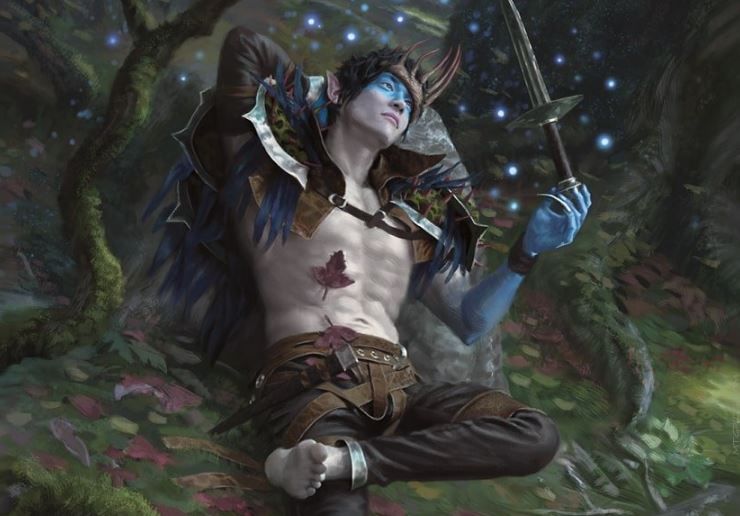
Oko, Thief of Crowns | Illustration by Yongjae Choi
Planeswalkers (1)
Creatures (20)
Walking Ballista
Birds of Paradise
Delighted Halfling
Elves of Deep Shadow
Dark Confidant
Dauthi Voidwalker
Kinnan, Bonder Prodigy
Orcish Bowmasters
Tangled Florahedron
Thrasios, Triton Hero
Vampire Hexmage
Courser of Kruphix
Endurance
Leovold, Emissary of Trest
Opposition Agent
Ramunap Excavator
Uro, Titan of Nature's Wrath
Oracle of Mul Daya
Sheoldred, the Apocalypse
Urza, Lord High Artifice
Instants (17)
An Offer You Can't Refuse
Brainstorm
Crop Rotation
Dark Ritual
Dispel
Dizzy Spell
Malakir Rebirth
Swan Song
Vampiric Tutor
Veil of Summer
Worldly Tutor
Counterspell
Mana Drain
Chord of Calling
Force of Negation
Whir of Invention
Force of Will
Sorceries (18)
Imperial Seal
Ponder
Preordain
Thoughtseize
Demonic Tutor
Hymn to Tourach
Night's Whisper
Sylvan Scrying
Agadeem's Awakening
Day's Undoing
Timetwister
Toxic Deluge
Windfall
Damnation
Lórien Revealed
Time Spiral
Sea Gate Restoration
Turntimber Symbiosis
Enchantments (1)
Artifacts (13)
Chrome Mox
Mox Diamond
Zuran Orb
Currency Converter
Expedition Map
Pithing Needle
Retrofitter Foundry
Talisman of Curiosity
Talisman of Dominance
Talisman of Resilience
Basalt Monolith
Crucible of Worlds
Memory Jar
Lands (30)
Ancient Tomb
Bayou
Boseiju, Who Endures
Breeding Pool
City of Brass
Dark Depths
Deathcap Glade
Dreamroot Cascade
Forest
Gemstone Caverns
Island x2
Mana Confluence
Misty Rainforest
Otawara, Soaring City
Overgrown Tomb
Polluted Delta
Reflecting Pool
Shipwreck Marsh
Strip Mine
Swamp
Takenuma, Abandoned Mire
Thespian's Stage
Tolarian Academy
Tropical Island
Underground Sea
Verdant Catacombs
Watery Grave
Windswept Heath
Zagoth Triome
I make no claims that this Sultai deck is the strongest Canadian Highlander deck, but it’s fun! This combo deck is just all my favorite Vintage Cube strategies Frankensteined into one list, and similar to the deck I would play in a no-ban list Commander match.
The point cards include Strip Mine, which combos incredibly well with Fastbond and Crucible of Worlds to nullify your opponent’s mana base, Mana Drain, since it’s just busted, Demonic Tutor, Vampiric Tutor, and Imperial Seal to set up combos, and Mana Vault and Tolarian Academy to provide a powerful mana advantage.
This deck’s goal is to generate a ton of mana then cast a bunch of draw sevens like Timetwister to spend that mana on. Cards like Leovold, Emissary of Trest, Orcish Bowmasters, and Sheoldred, the Apocalypse turn your wheels into a convincing win condition.
The combo package revolves around Fastbond. It makes infinite mana with Zuran Orb, lets you see tons of cards through Oracle of Mul Daya and Courser of Kruphix, and makes Upheaval that much stronger.
#1. Duel Commander
Also known as French Commander, Duel Commander is my format of choice when it comes to Commander variants. This format is tailored for 1v1 play. As far as rules go, there’s only one big exception:
- Players start the game at 20 life.
What separates Duel Commander from regular Commander is primarily the ban list. Duel Commander has a much more extensive ban list.
Some notable inclusions on the ban list are most forms of fast artifact mana, like Sol Ring and Mana Crypt, alongside cards that dominate the 1v1, like Comet, Stellar Pup. Many tutors and cheaper extra turn spells are also banned. That said, there are some notable cards, like Leovold, Emissary of Trest, that aren't banned in Duel Commander even though they're illegal in regular EDH.
In addition to the more extensive ban list, the format has a restricted list of creatures that are banned as commanders only. This means you can play them in the 99 of a deck, just not the command zone. The banned commanders are things like Najeela, the Blade-Blossom, Winota, Joiner of Forces, and Rofellos, Llanowar Emissary that can provide overwhelming pressure in a 1v1 environment when a player can always curve into them.
This is great for players who love Commander but want something more competitively oriented but don’t love the fast mana of cEDH, or for players interested in branching into Commander from formats like Modern or Legacy and uncertain about what it means to build casually. This is my personal favorite because I’ve just never jived with the multiplayer aspect of Commander. It’s a lot of fun as a social activity but doesn’t always have the gameplay experience I want. Duel Commander satisfies that craving very well.
Duel Commander Deck: Jetmir, Nexus of Revels

Drannith Magistrate | Illustration by Kieran Yanner
Commander (1)
Planeswalkers (3)
Basri Ket
Chandra, Acolyte of Flame
Garruk Wildspeaker
Creatures (45)
Avacyn's Pilgrim
Birds of Paradise
Delighted Halfling
Esper Sentinel
Giver of Runes
Haywire Mite
Llanowar Elves
Mother of Runes
Bloom Tender
Cathar Commando
Charismatic Conqueror
Collector Ouphe
Dauntless Dismantler
Destiny Spinner
Drannith Magistrate
Grand Abolisher
Hushbringer
Loyal Apprentice
Selfless Spirit
Thalia, Guardian of Thraben
Voice of Resurgence
Adeline, Resplendent Cathar
Anim Pakal, Thousandth Moon
Archon of Emeria
Boromir, Warden of the Tower
Champion of Lambholt
Imperial Recruiter
Kutzil, Malamet Exemplar
Loran of the Third Path
Professional Face-Breaker
Recruiter of the Guard
Skyclave Apparition
Thalia, Heretic Cathar
Vryn Wingmare
Welcoming Vampire
White Plume Adventurer
Myrel, Shield of Argive
Palace Jailer
Seasoned Dungeoneer
Sovereign Okinec Ahau
Toski, Bearer of Secrets
Winota, Joiner of Forces
Ohran Frostfang
Eagles of the North
Generous Ent
Instants (9)
Lightning Bolt
March of Otherworldly Light
Nature's Claim
Path to Exile
Swords to Plowshares
Veil of Summer
Lightning Helix
Chord of Calling
March of the Multitudes
Sorceries (7)
Chain Lightning
Green Sun's Zenith
Prismatic Ending
Shatterskull Smashing
Wrenn's Resolve
Emeria's Call
Turntimber Symbiosis
Enchantments (1)
Lands (34)
Arid Mesa
Battlefield Forge
Boseiju, Who Endures
Brushland
City of Brass
Command Tower
Copperline Gorge
Eiganjo, Seat of the Empire
Forest x3
Inspiring Vantage
Jetmir's Garden
Karplusan Forest
Mana Confluence
Mountain
Overgrown Farmland
Plains x4
Plateau
Prismatic Vista
Razorverge Thicket
Rockfall Vale
Sacred Foundry
Savannah
Sokenzan, Crucible of Defiance
Stomping Ground
Sundown Pass
Taiga
Temple Garden
Windswept Heath
Wooded Foothills
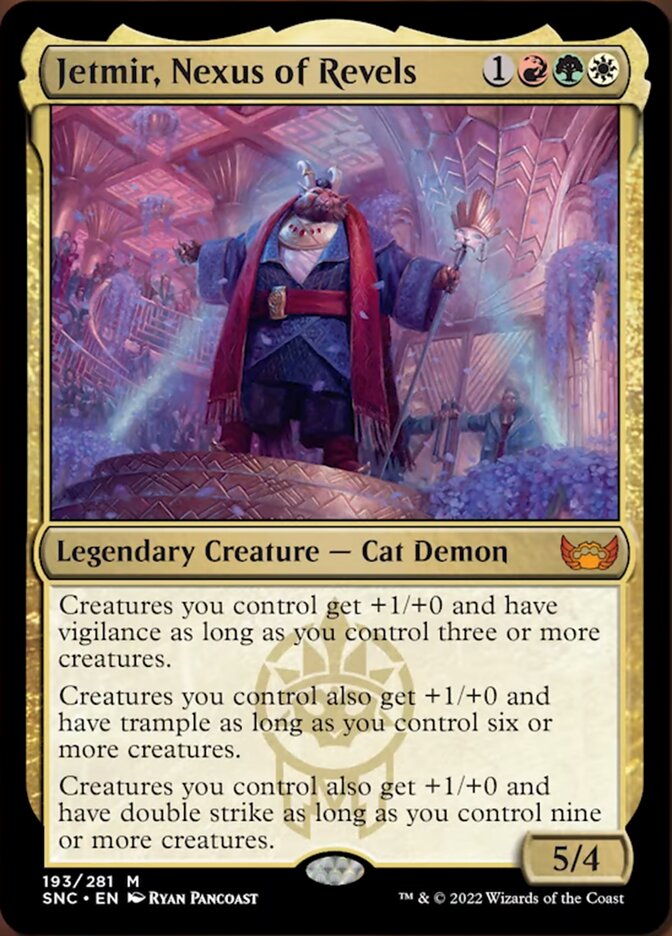
Everybody loves a party, and nobody parties like Jetmir, Nexus of Revels.
Your partygoers are the disruptive, rowdy crowd—creatures like Thalia, Guardian of Thraben, Drannith Magistrate, and Collector Ouphe prevent your opponent from playing their game as peacefully and cleanly as they would like.
Your token producers, including Adeline, Resplendent Cathar and Loyal Apprentice, litter the scene with more tokens than your opponent can handle. The overwhelming crush of bodies keeps the pressure up until your host appears with an insane buff that’s sure to bring the house down—on your opponent.
Commanding Conclusion
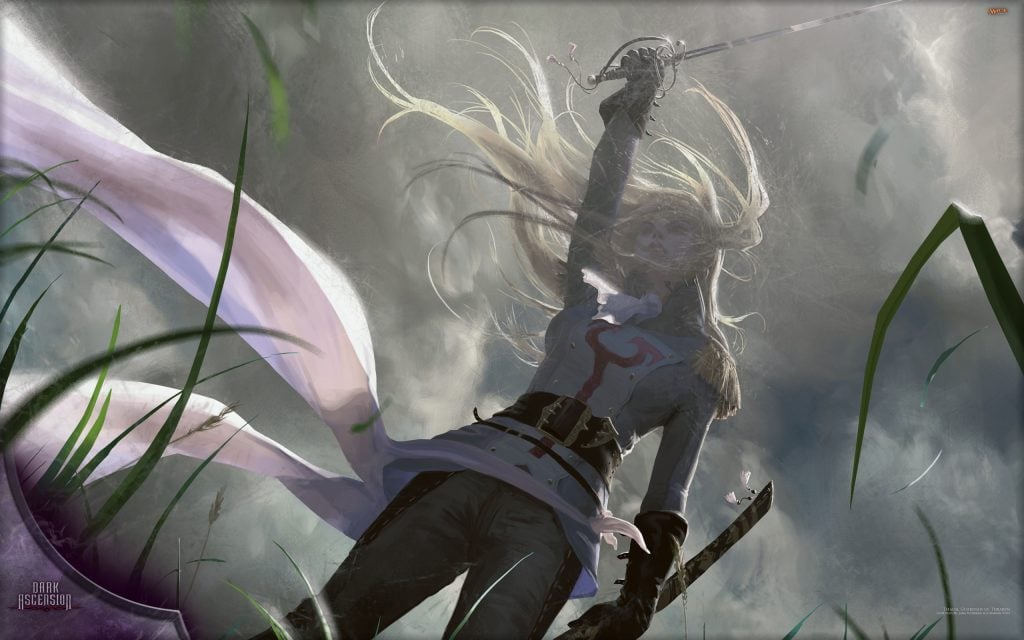
Thalia, Guardian of Thraben | Illustration by Jana Schirmer & Johannes Voss
It’s no surprise that Commander is the most popular format. Not only does its diversity of power levels and decks provide an option for every player, but it’s also a format geared toward social interaction. Like any game with a thriving community, it’s spawned many variants. There’s something for everybody here, whether you want to use aEDH and PDH to sneak away from pushed, for-Commander cards or explore Duel Commander and Canadian Highlander as more competitive, 1v1 options.
What’s your favorite Commander variant? Does your playgroup use any unique house rules? Let me know in the comments below or on the Draftsim Discord!
Stay safe, and thanks for reading!
Follow Draftsim for awesome articles and set updates: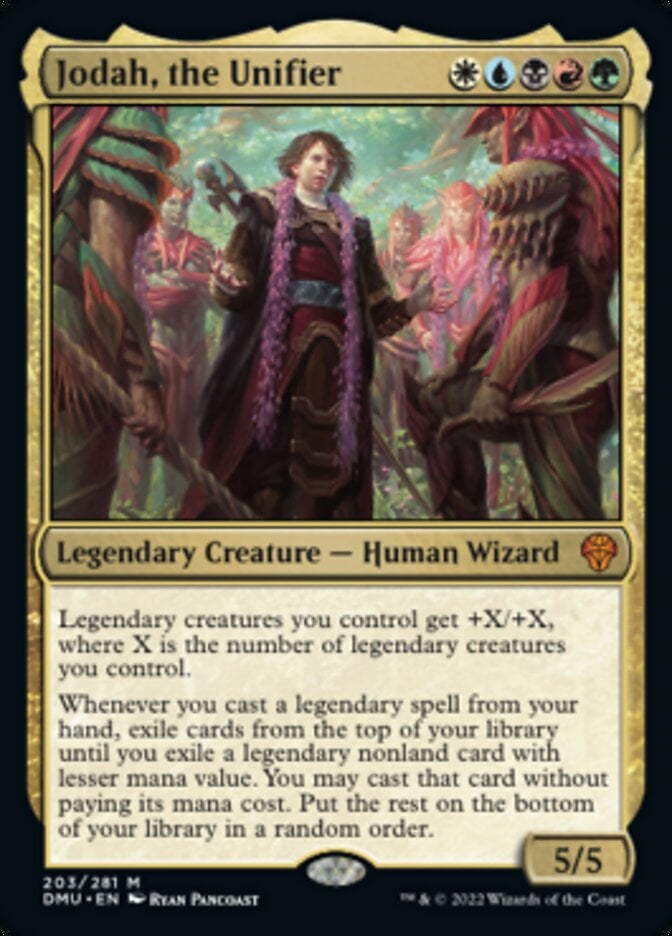

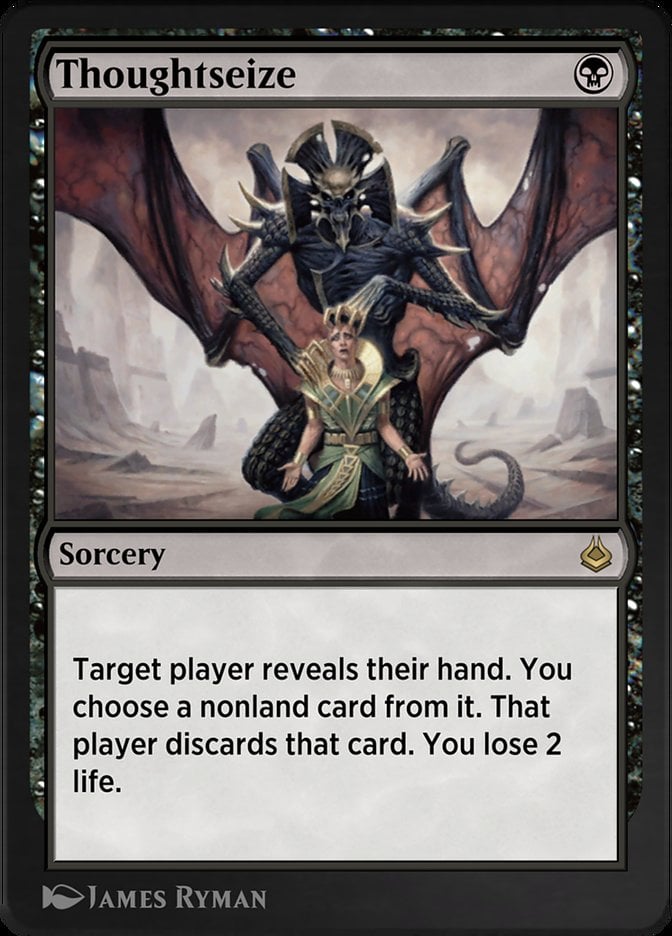
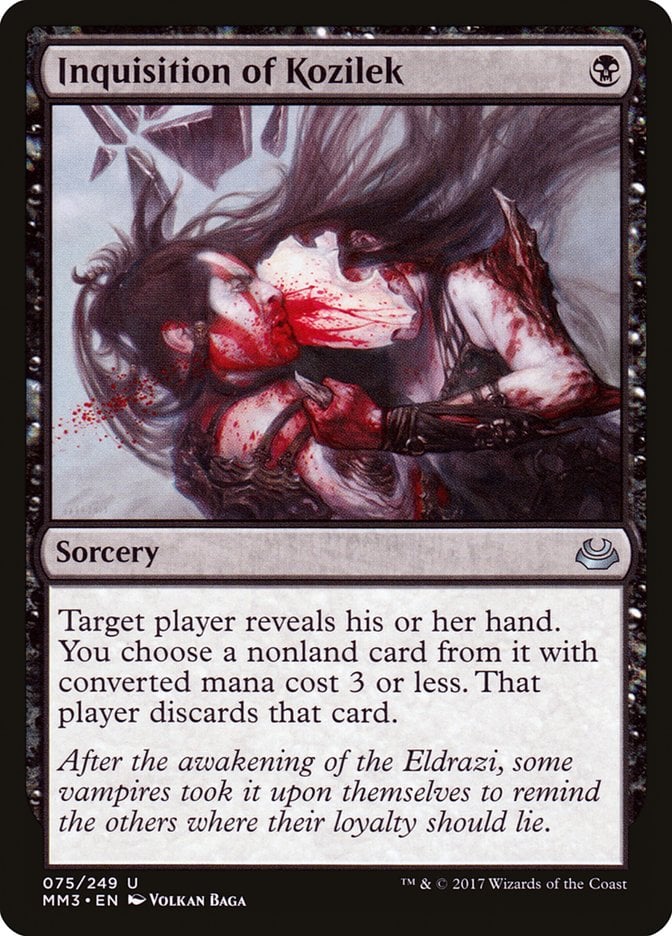
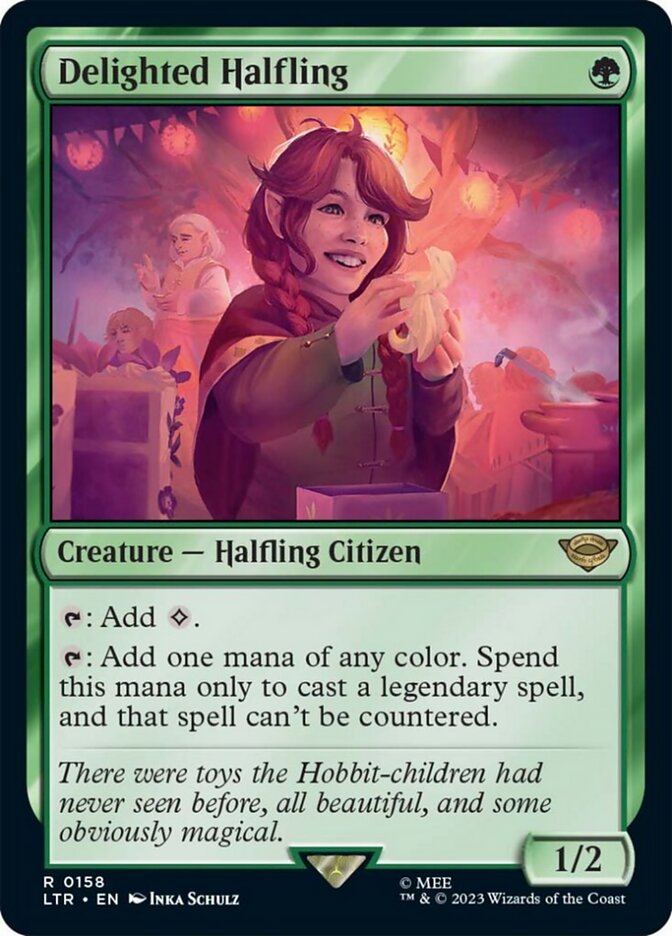
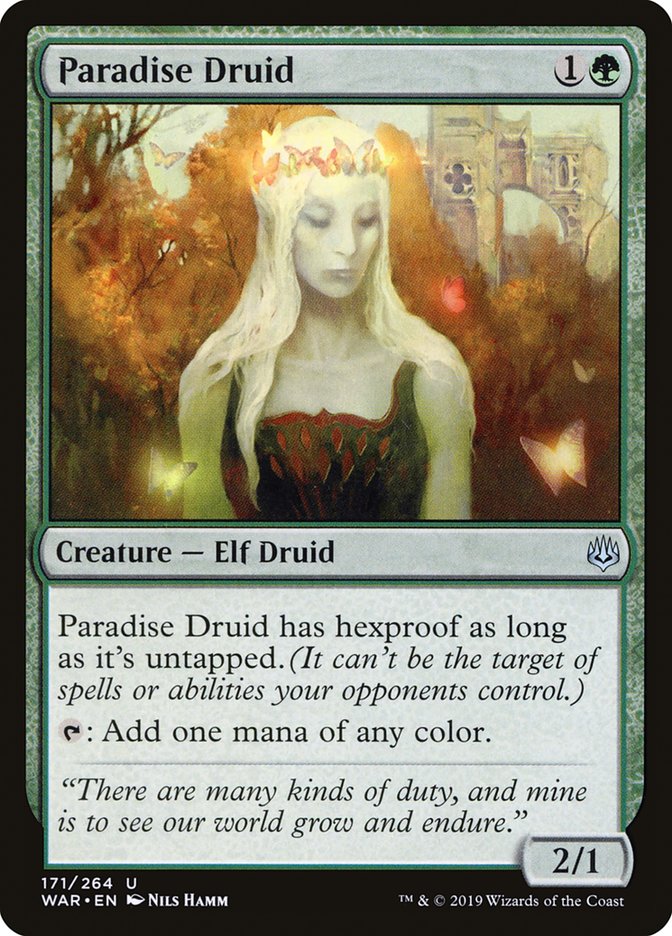
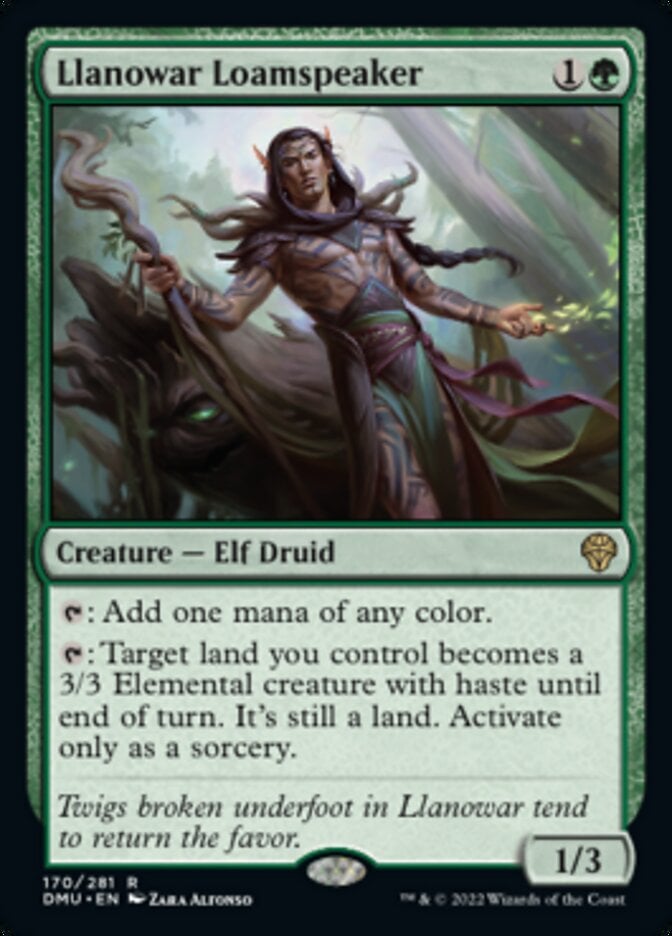

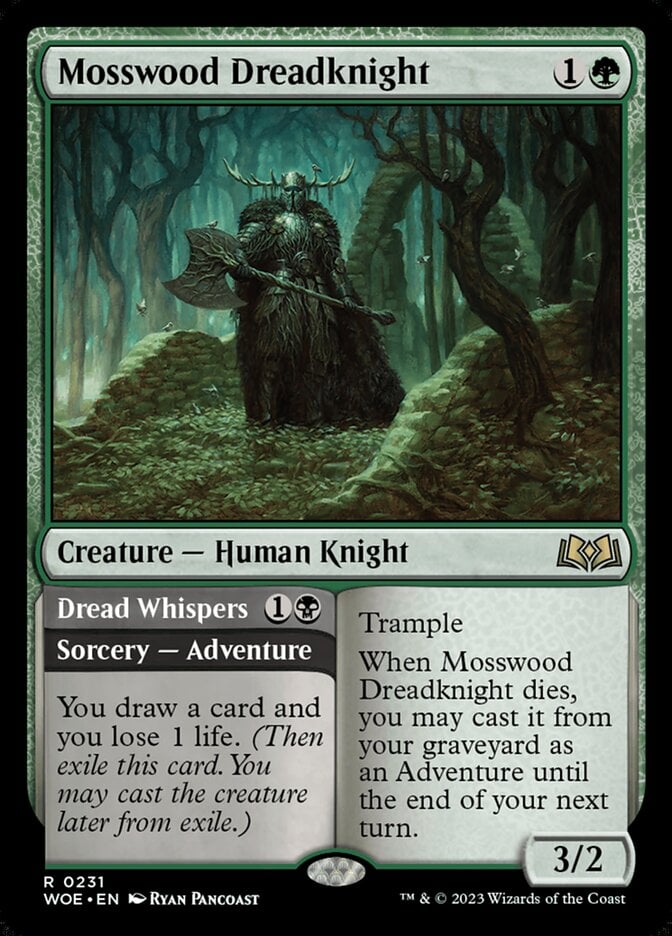
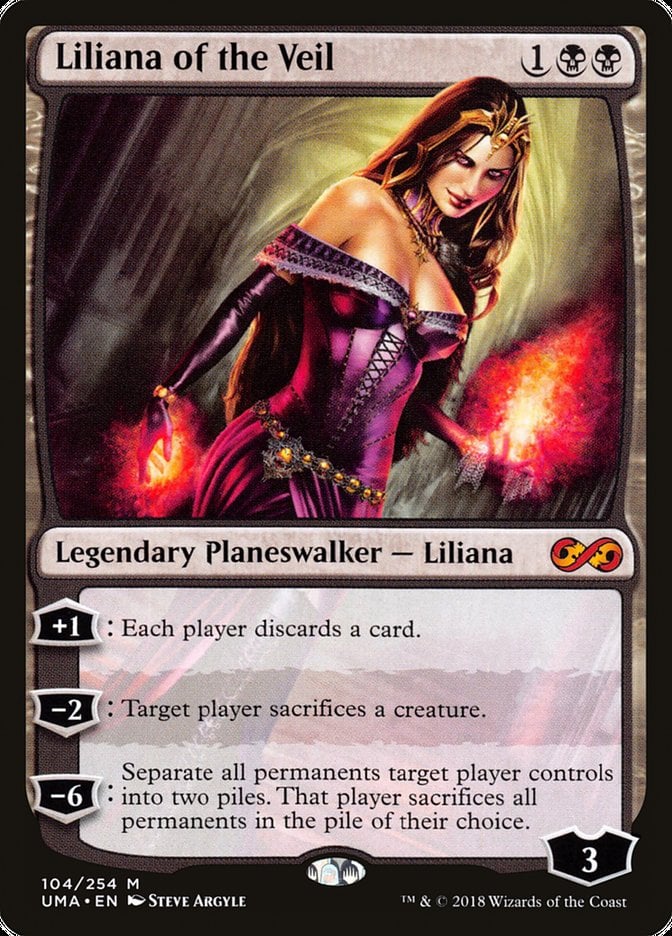
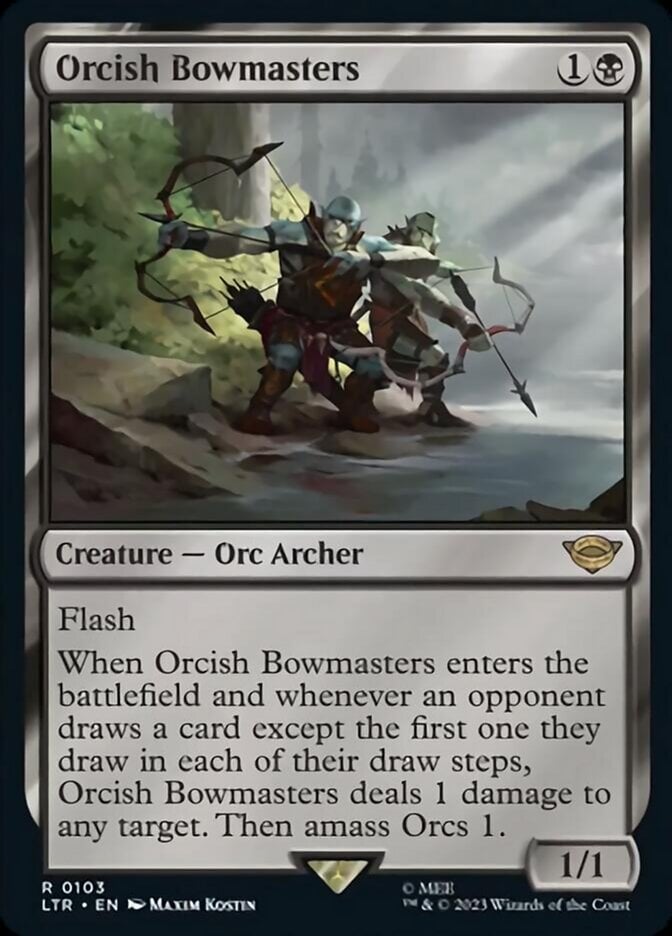

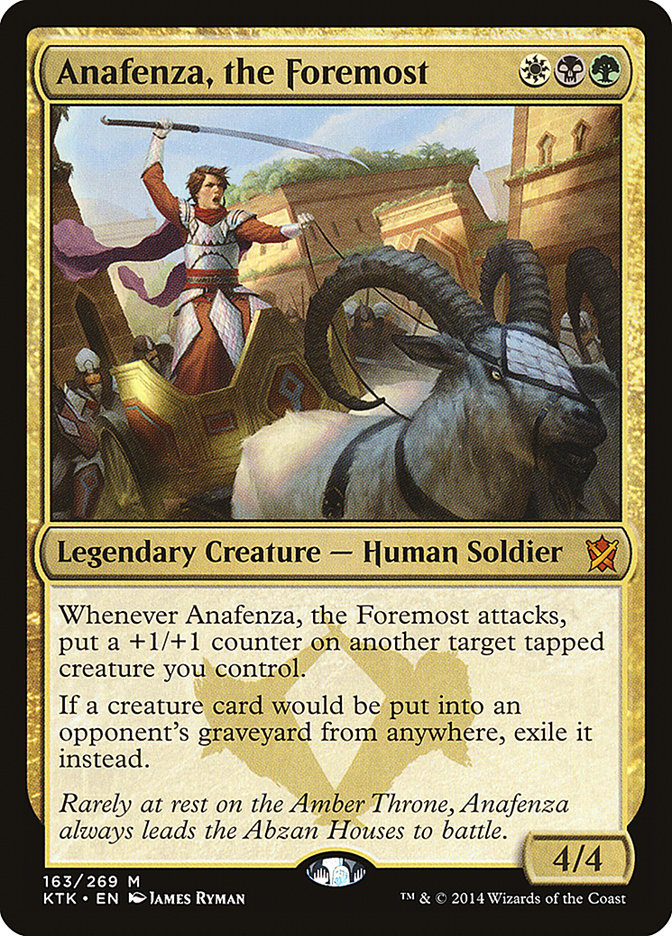

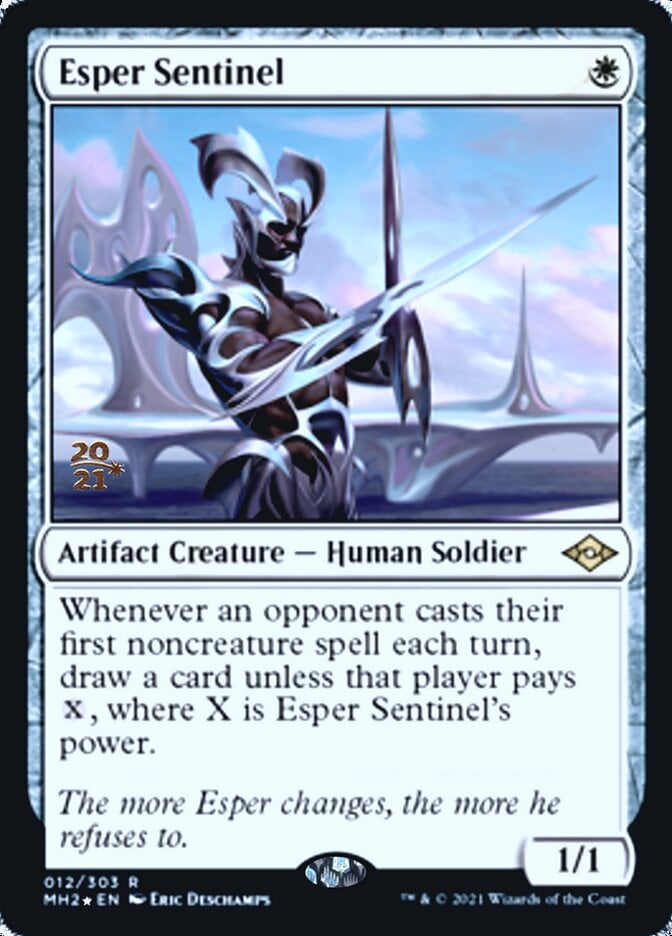
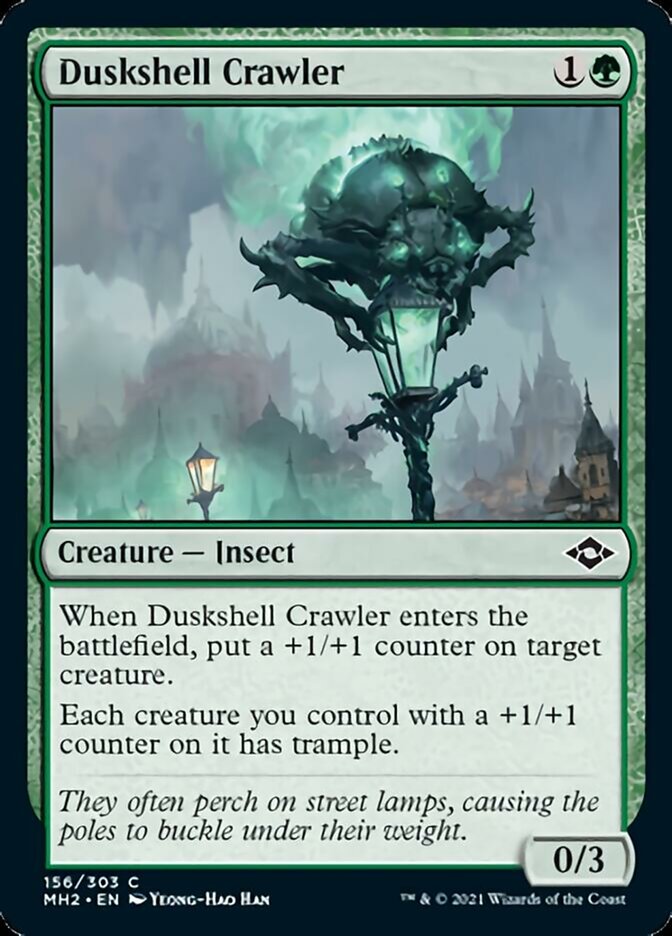

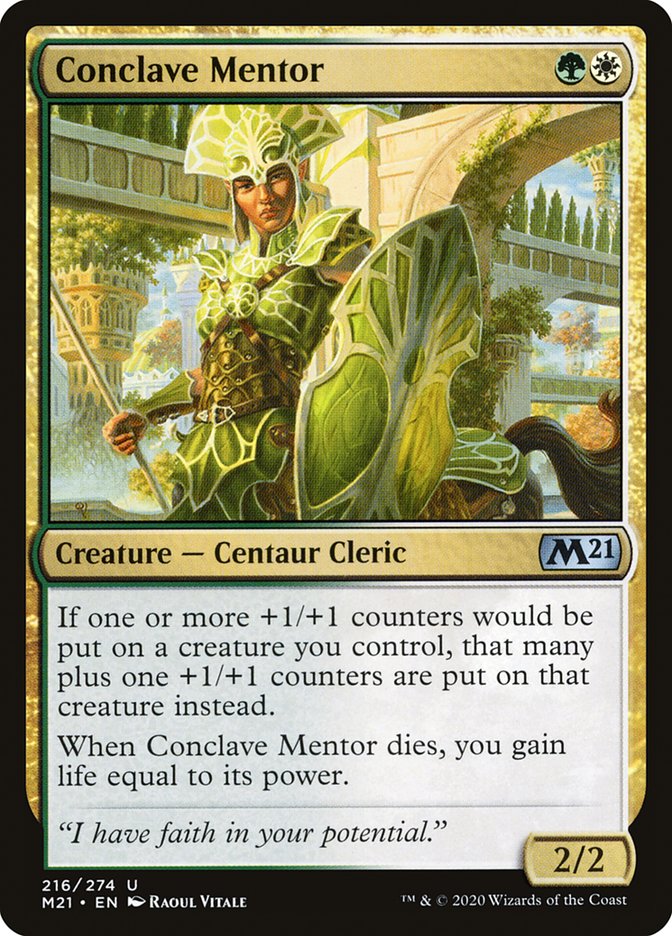


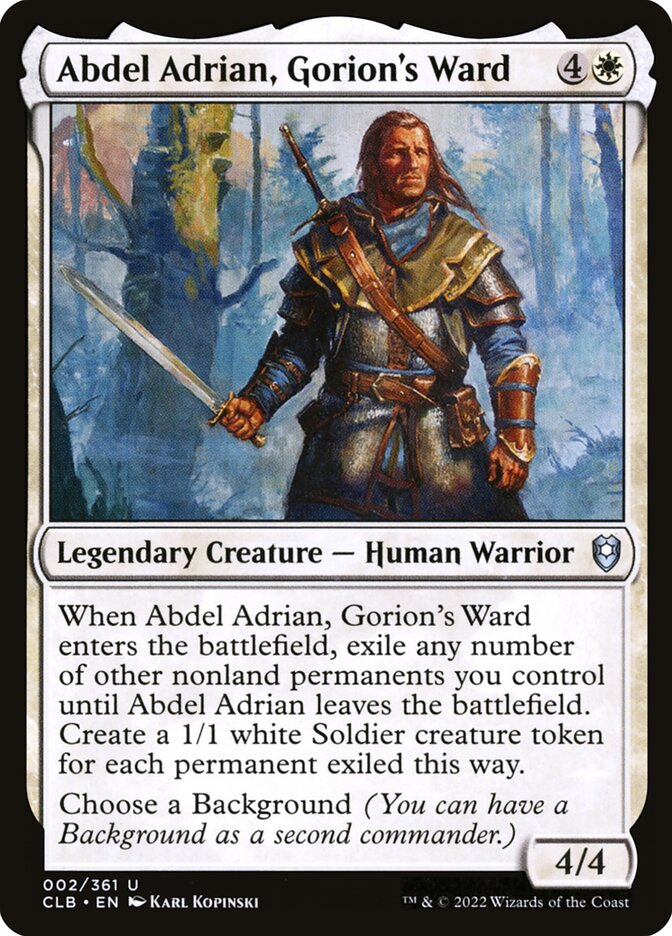
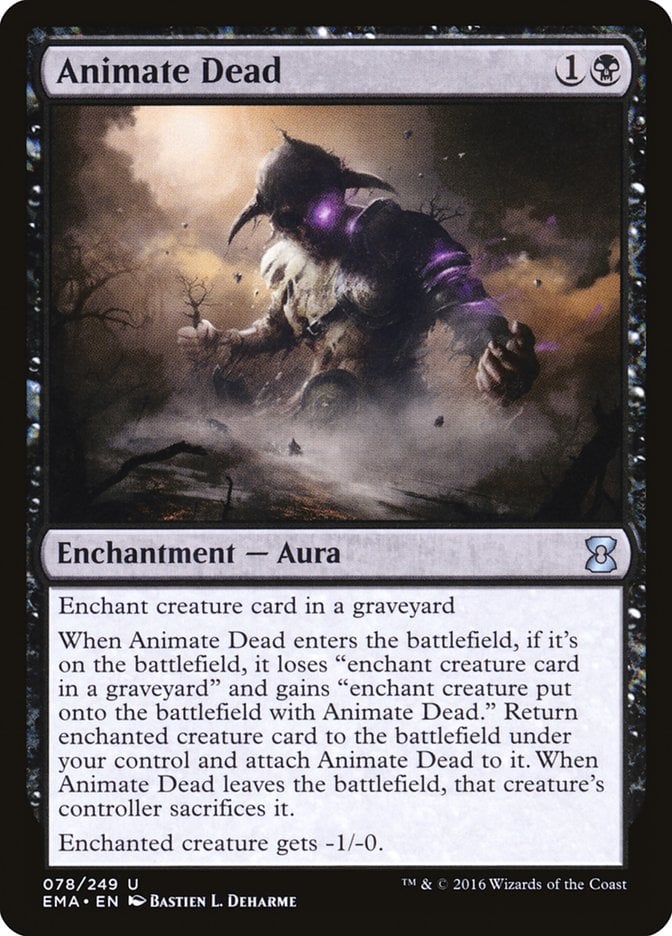
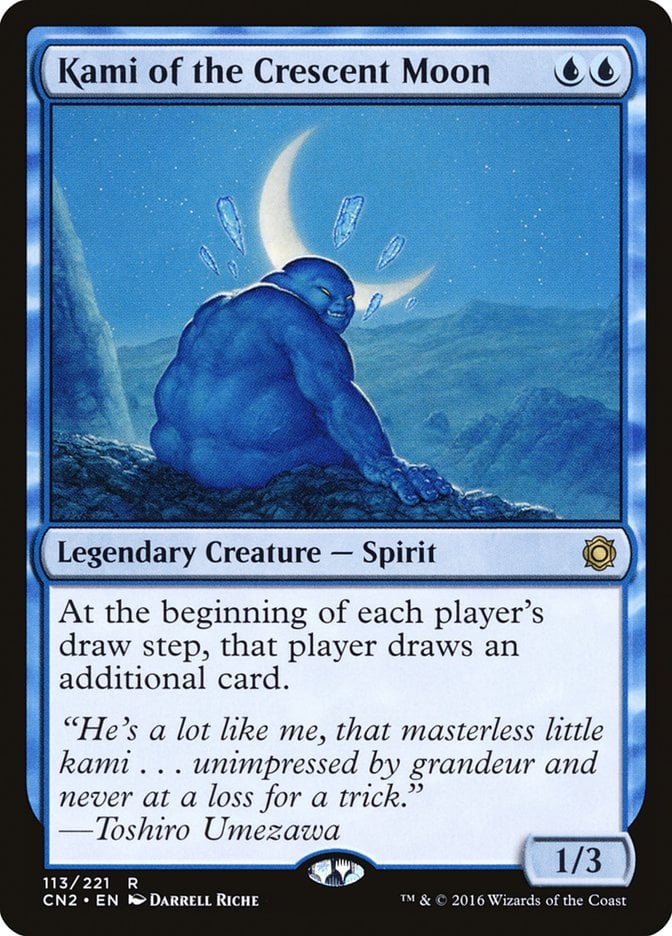
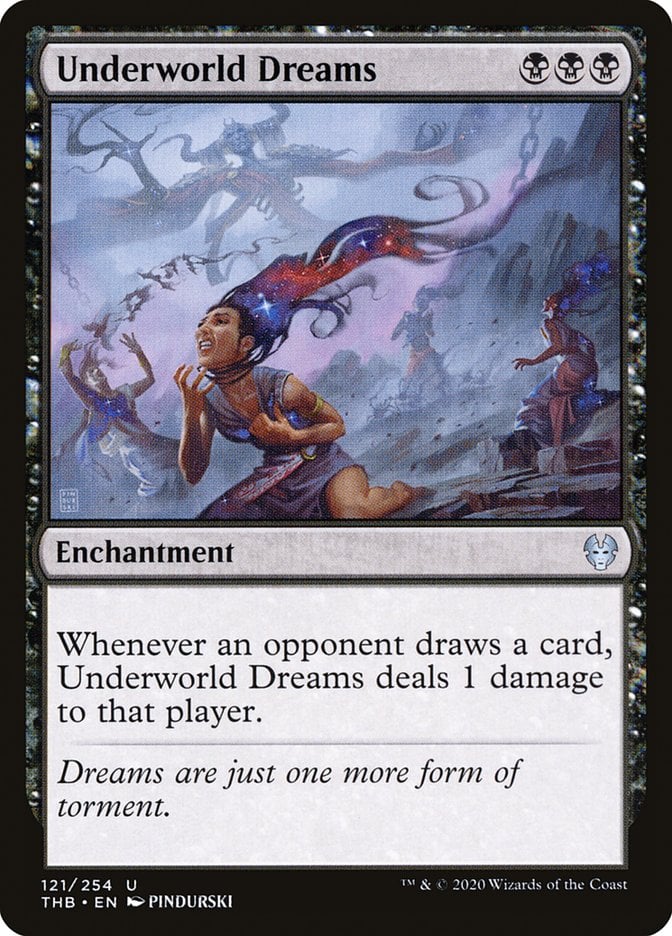

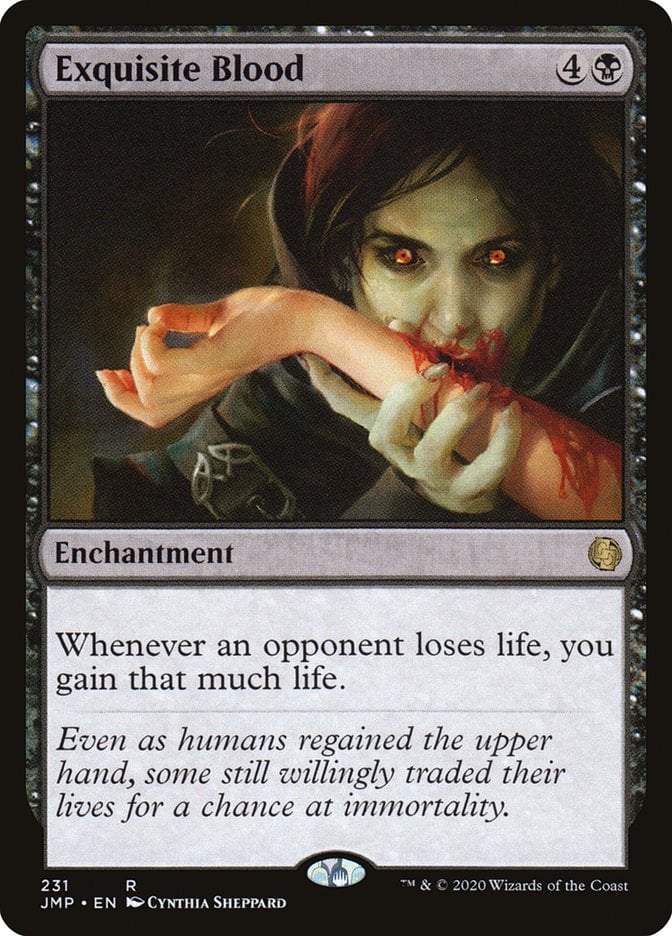
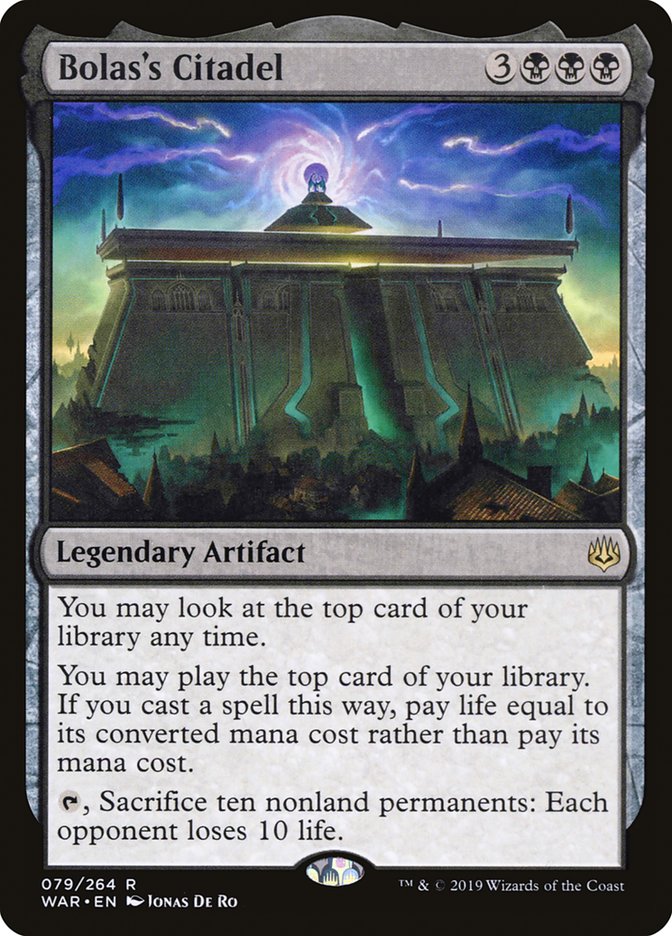
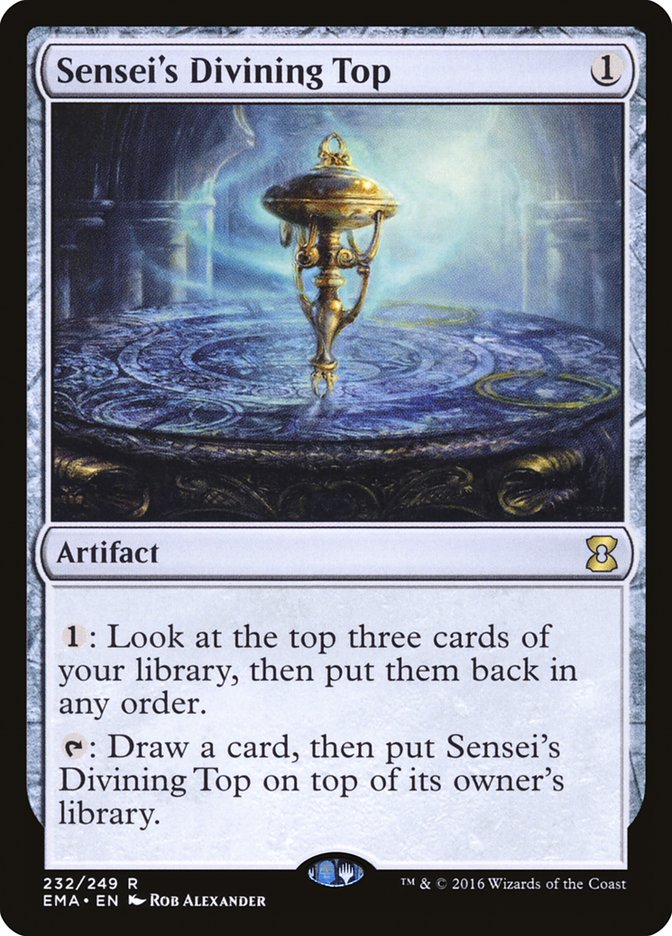
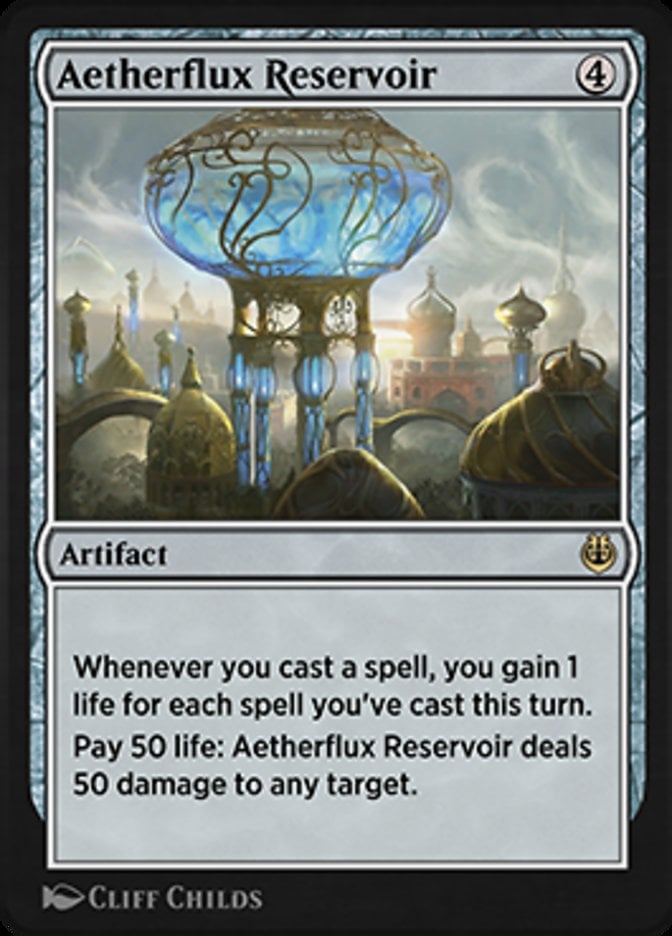

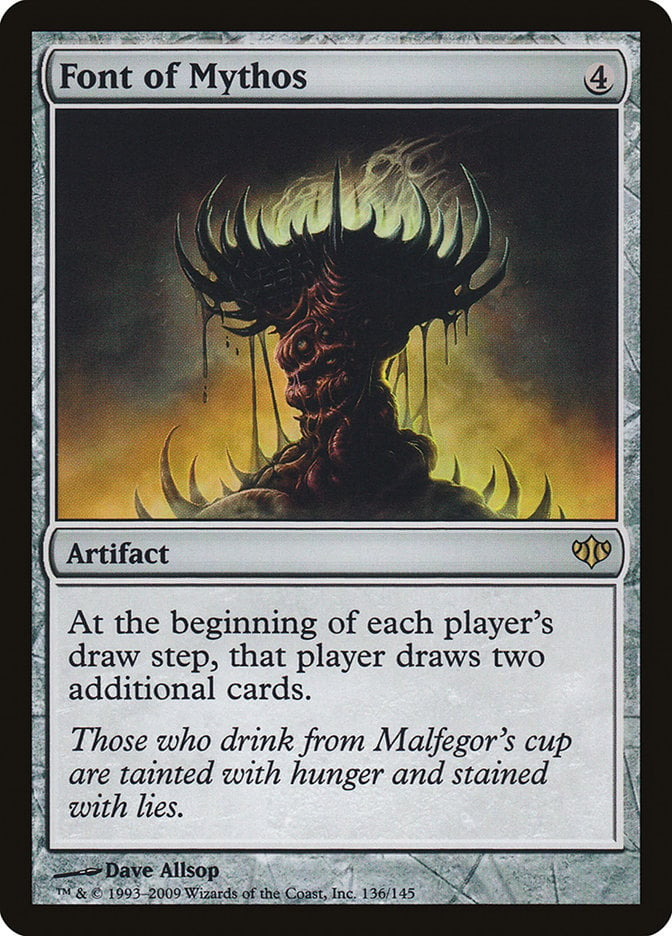
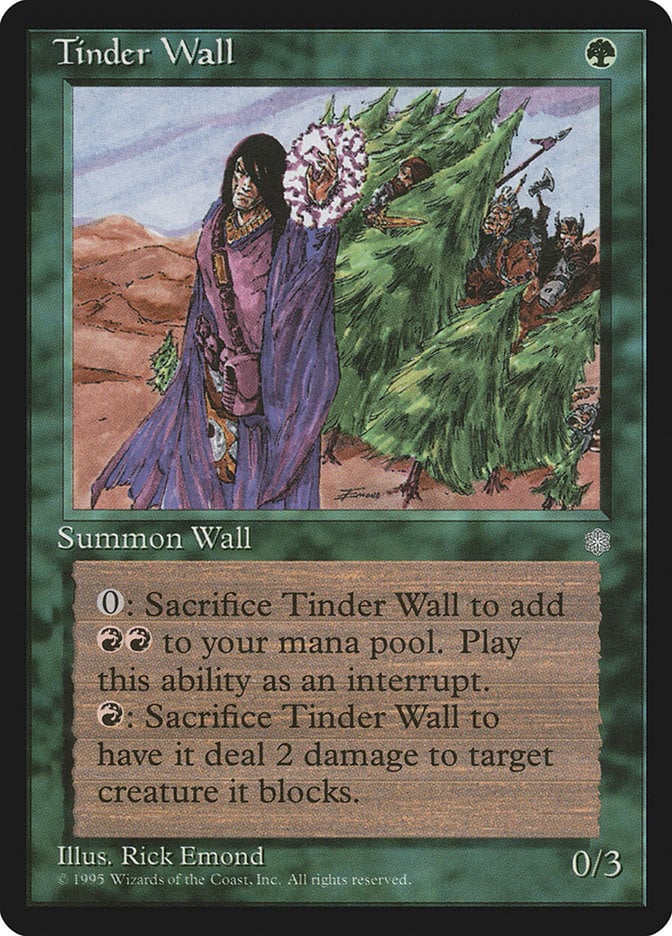

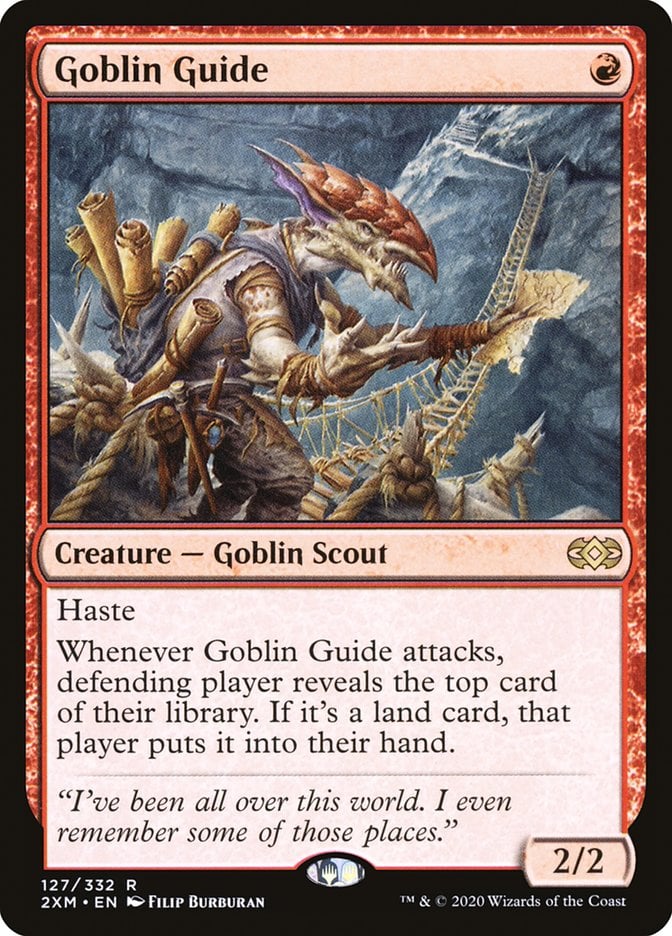
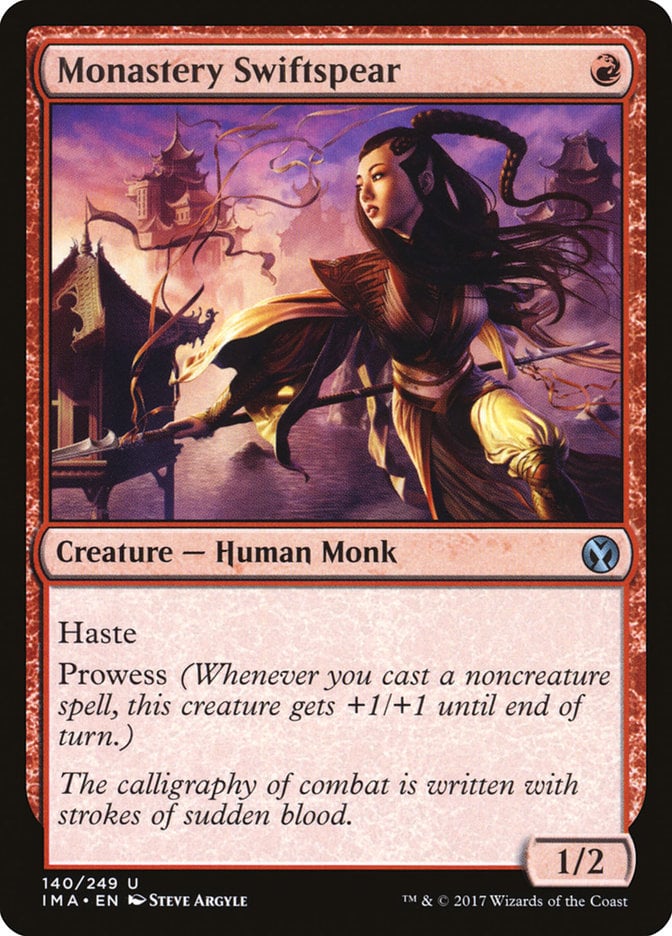
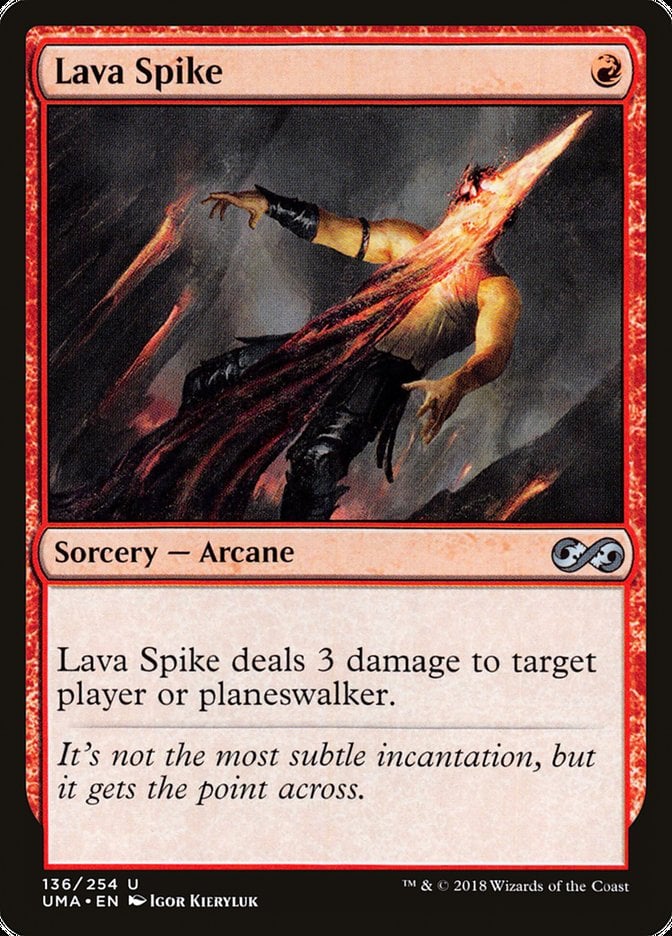

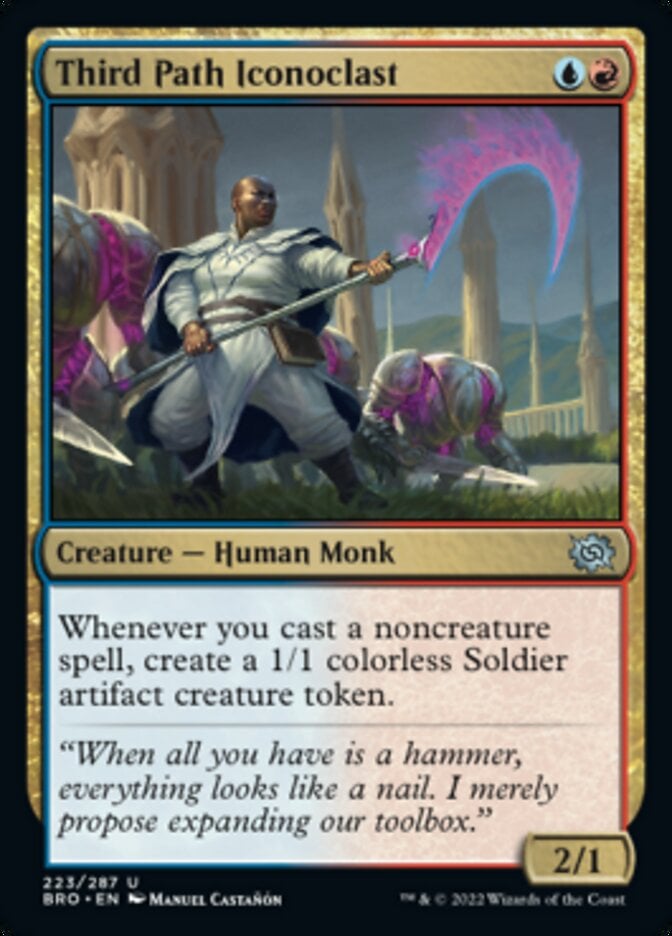
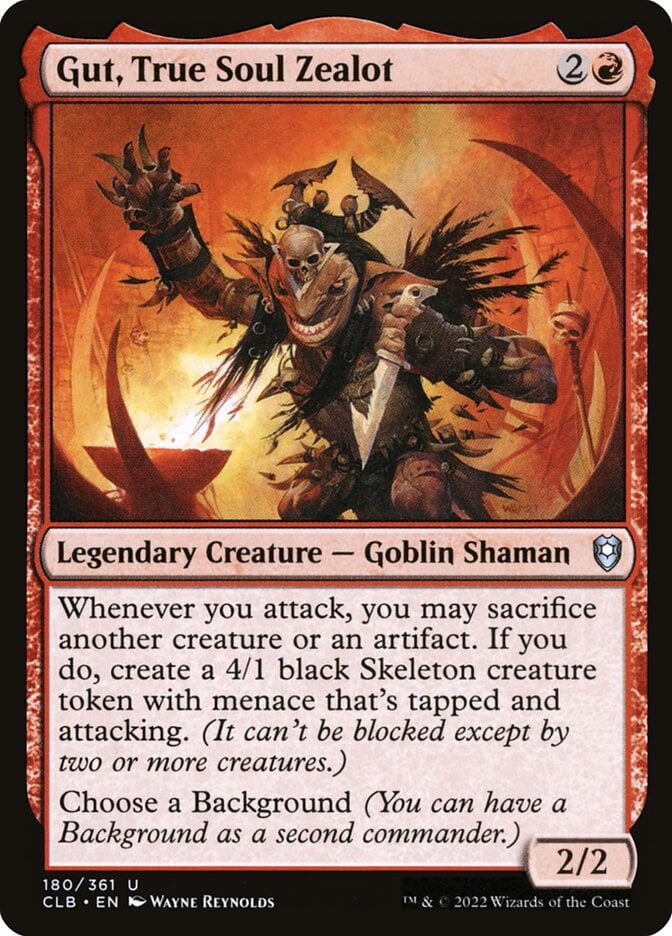
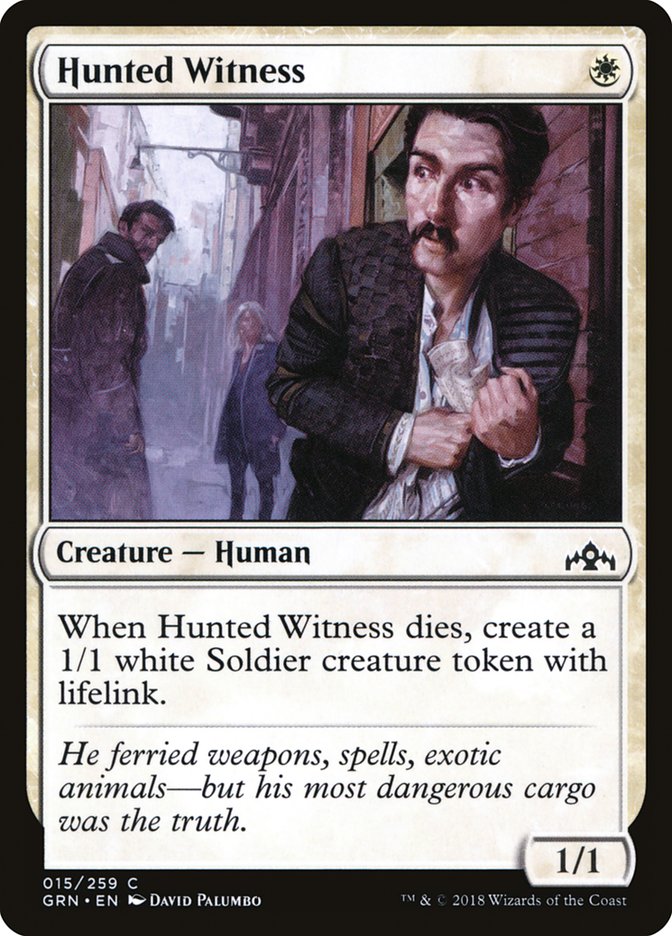
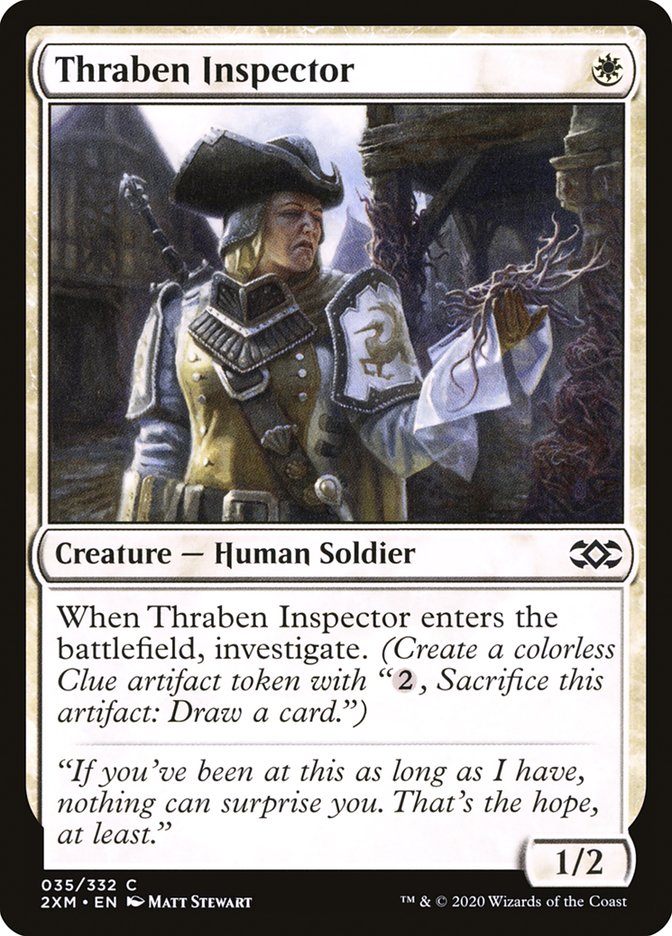

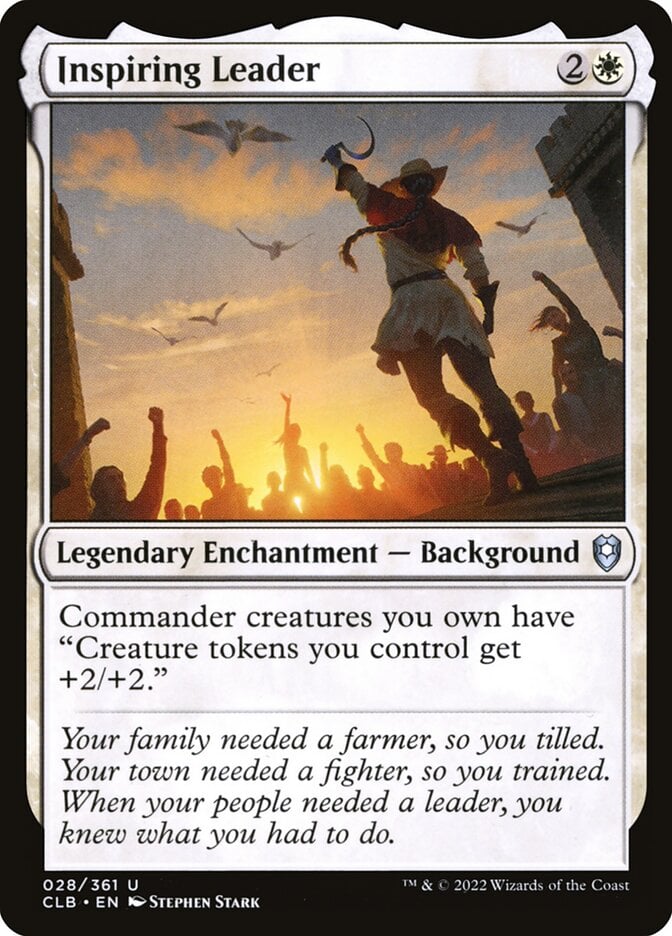
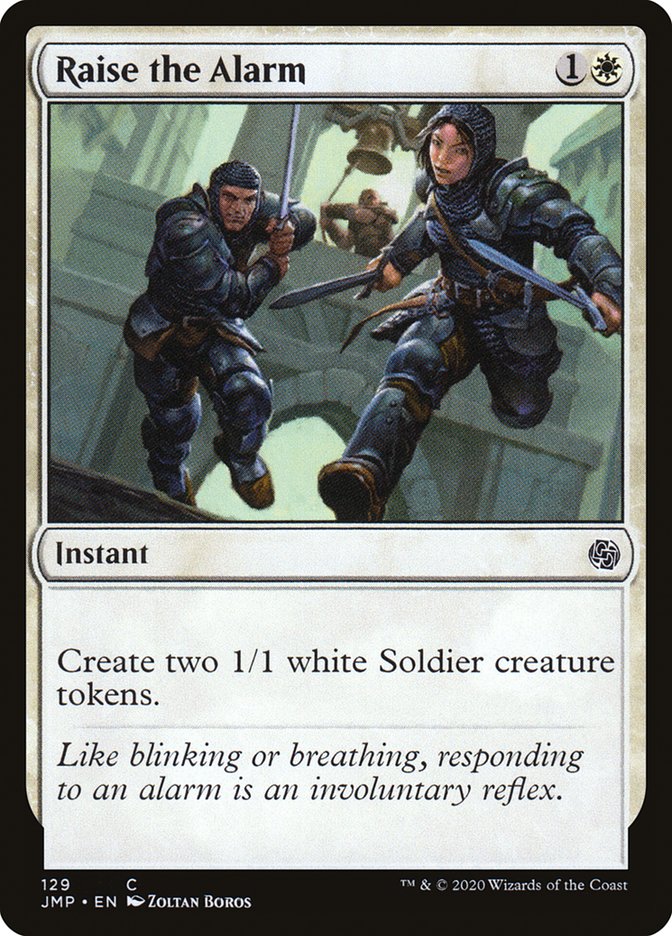
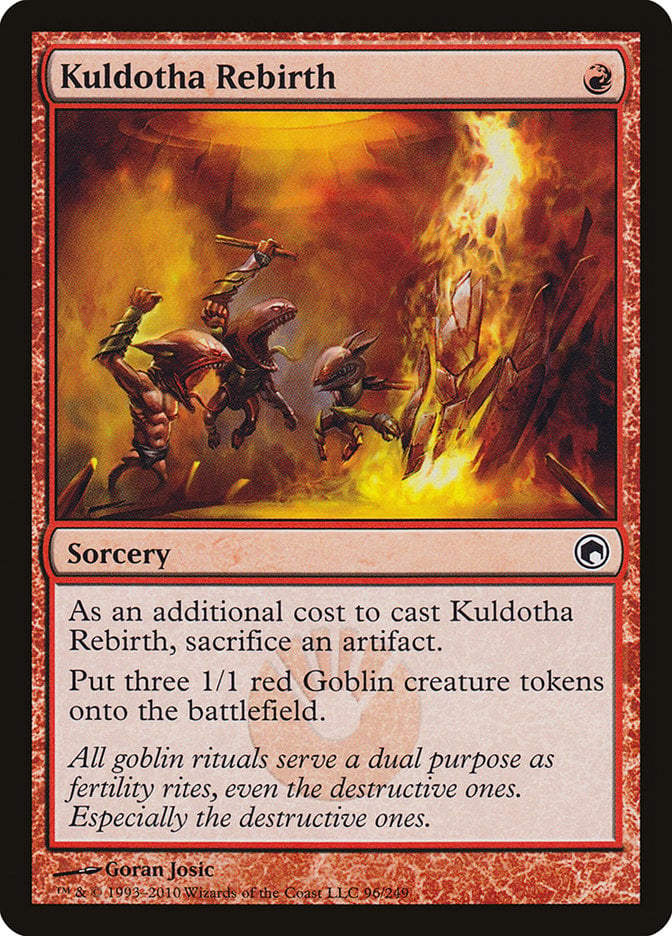

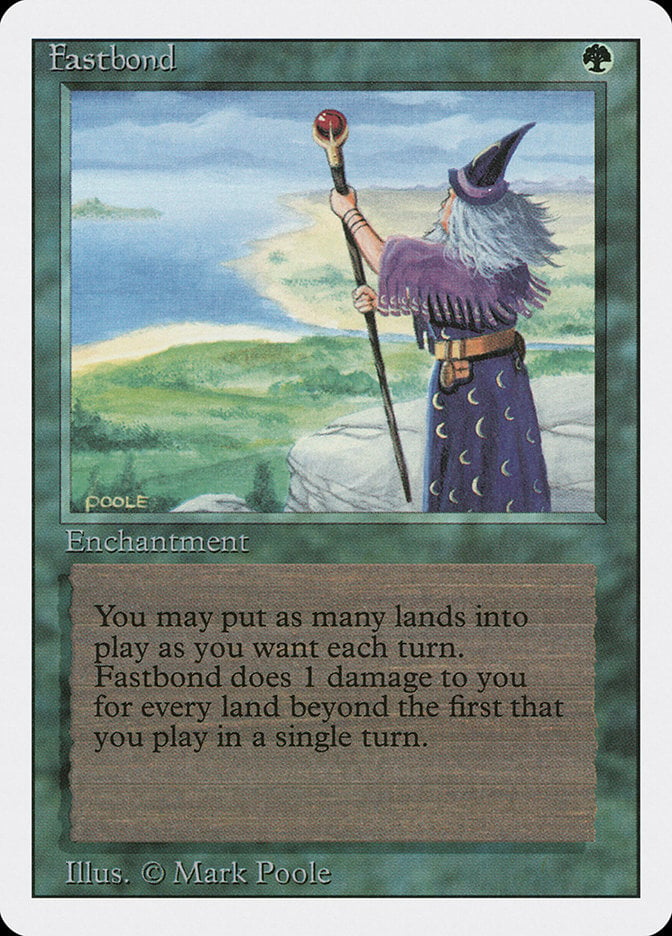

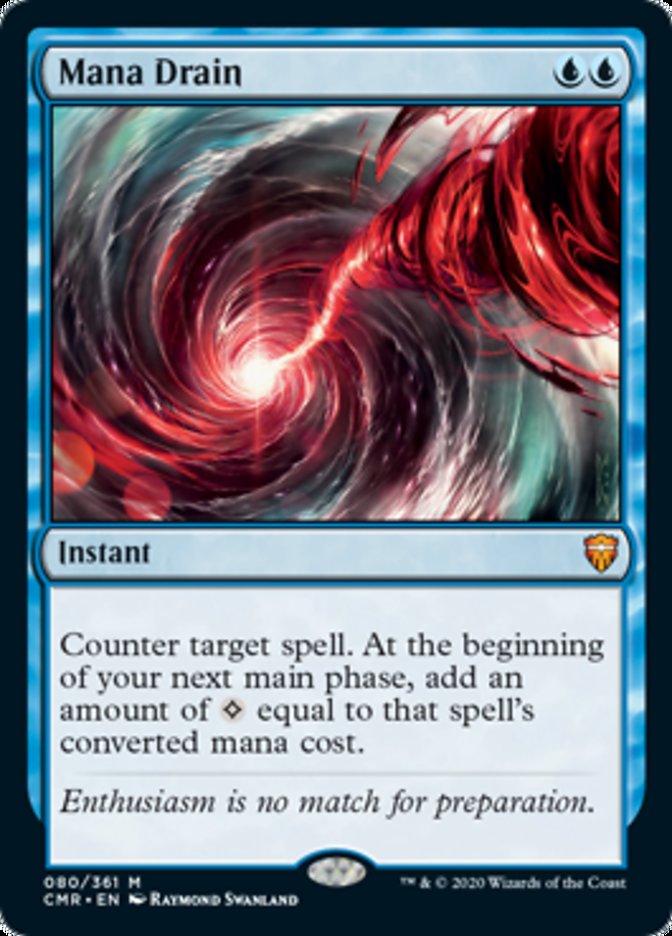

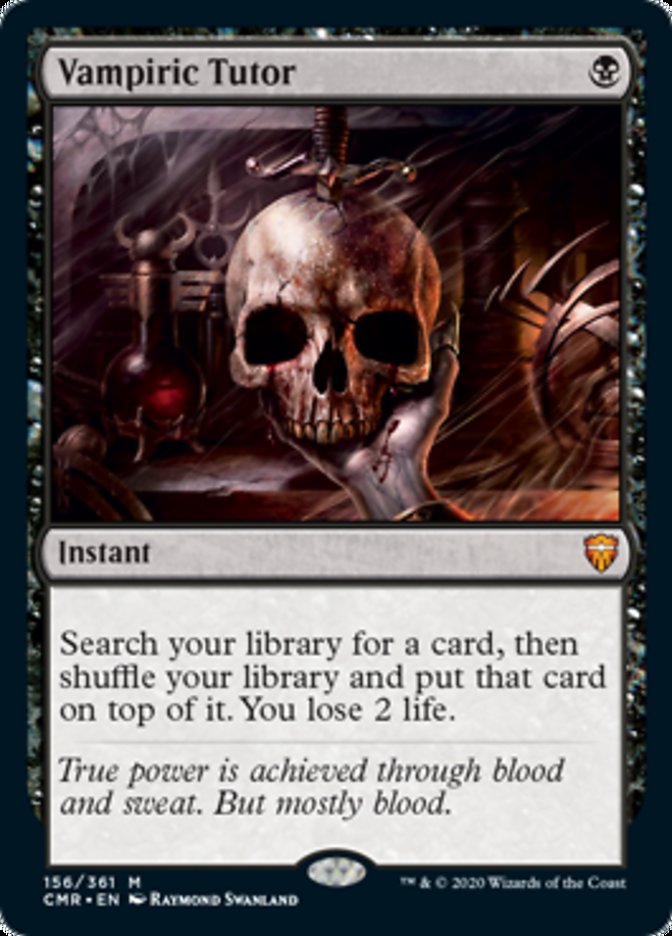
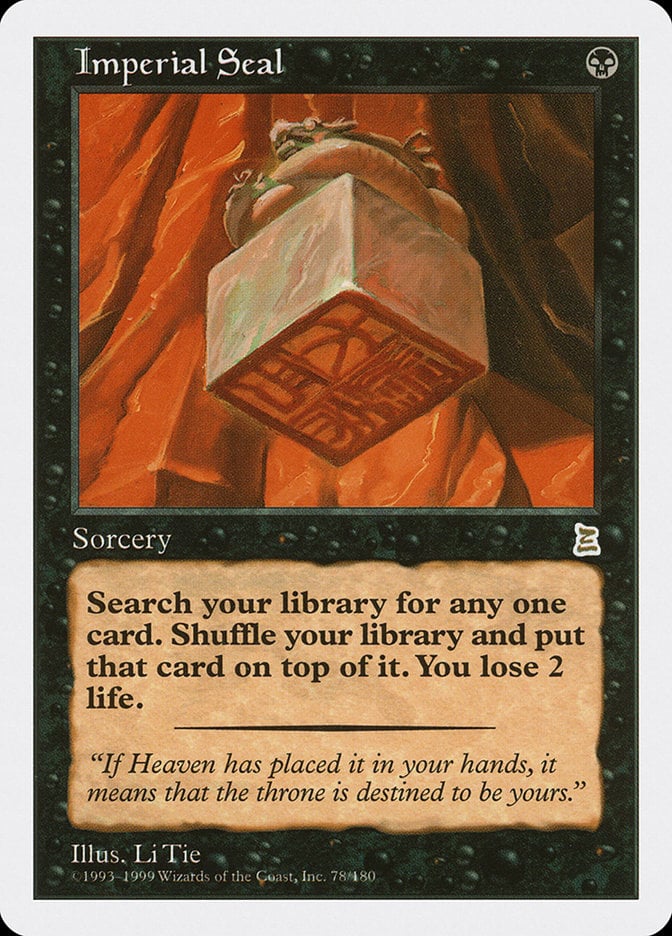
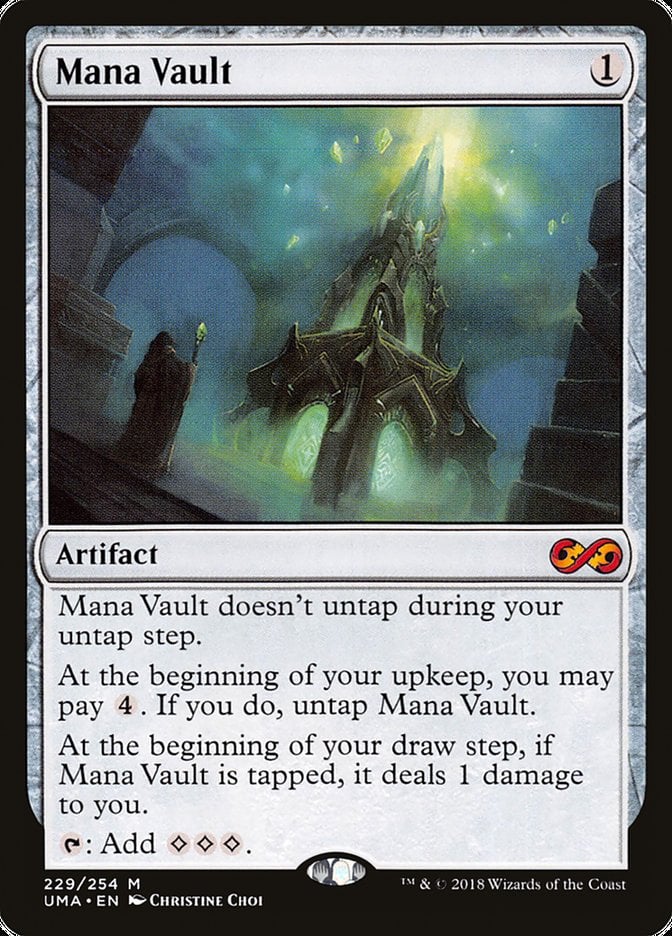
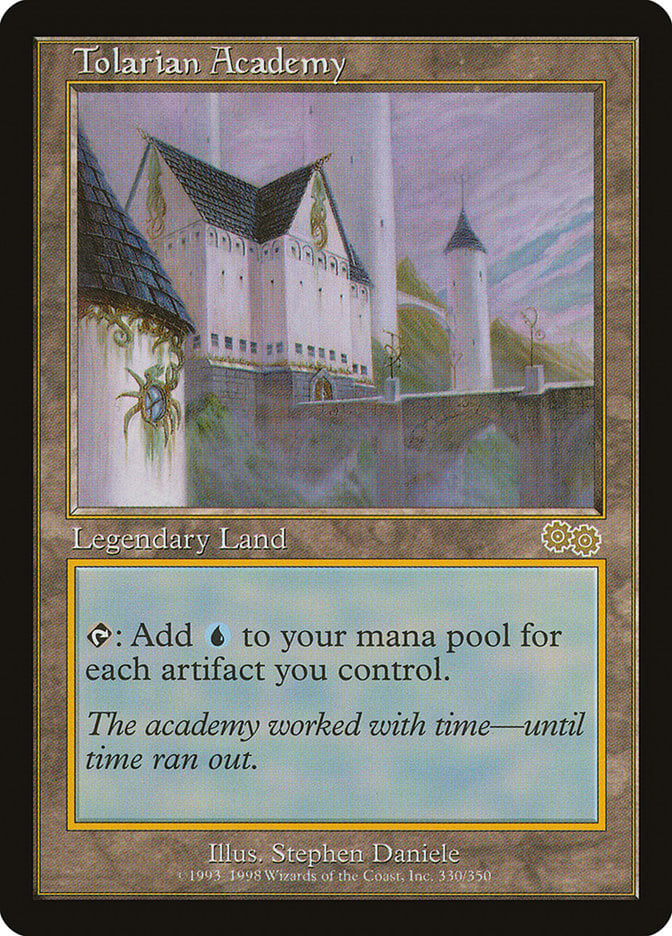
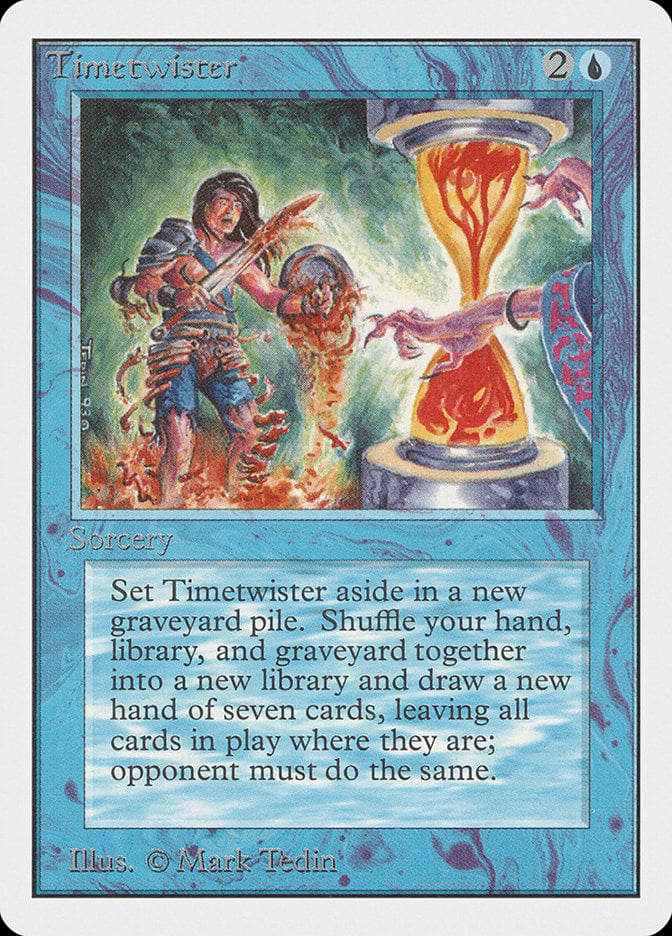
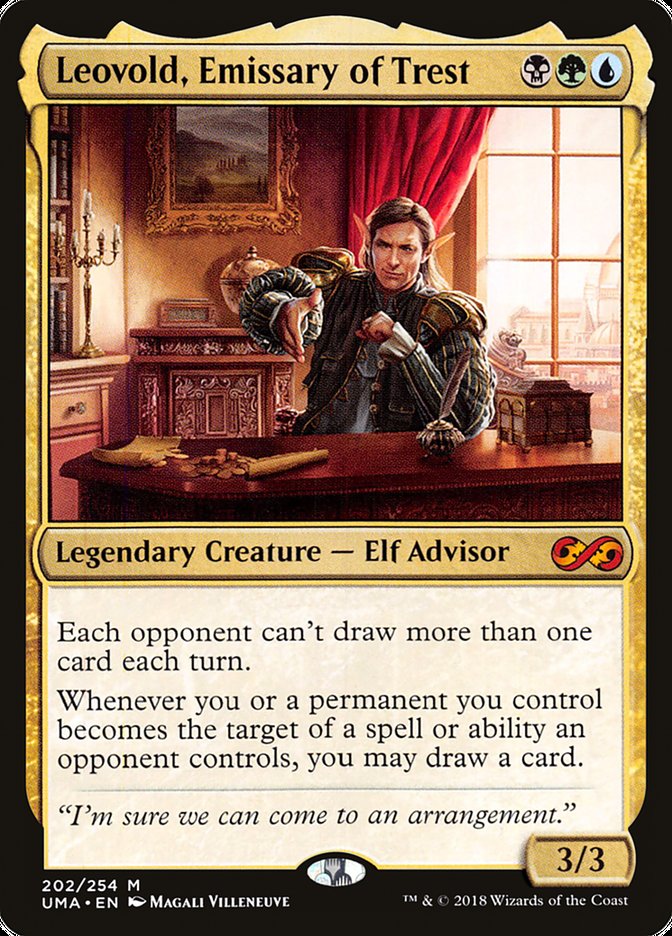
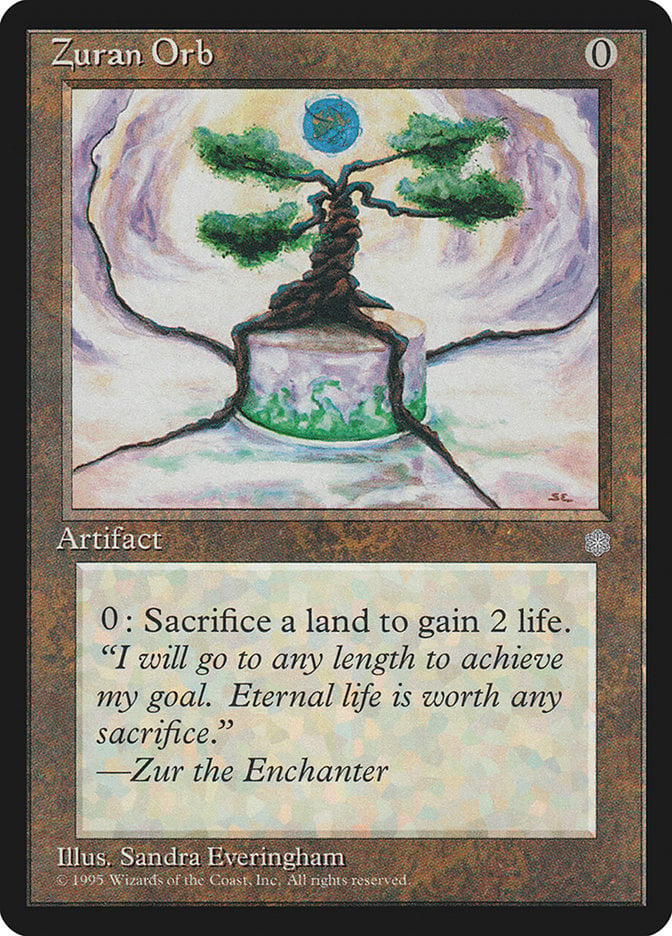
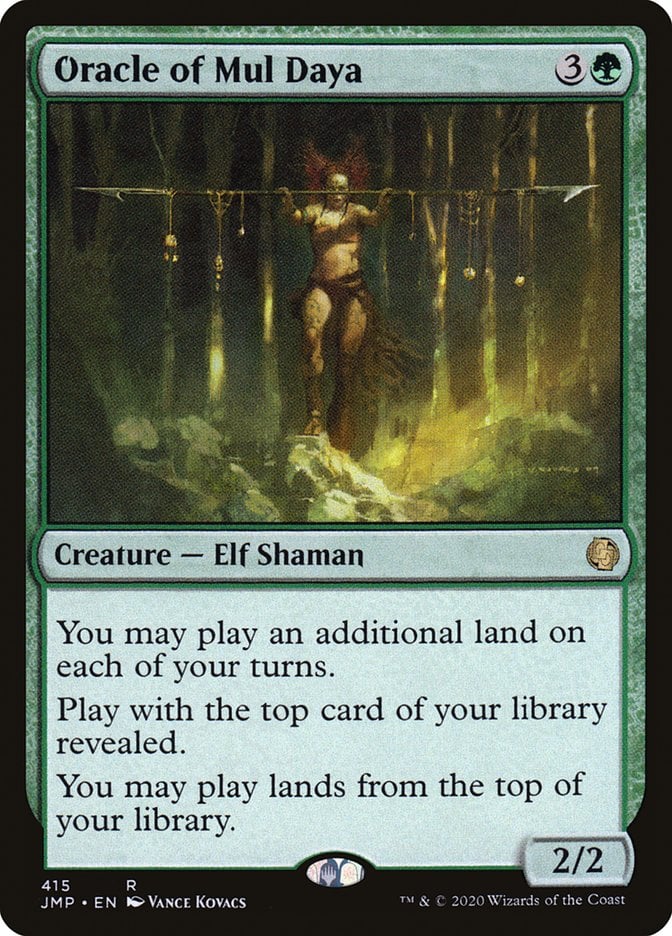
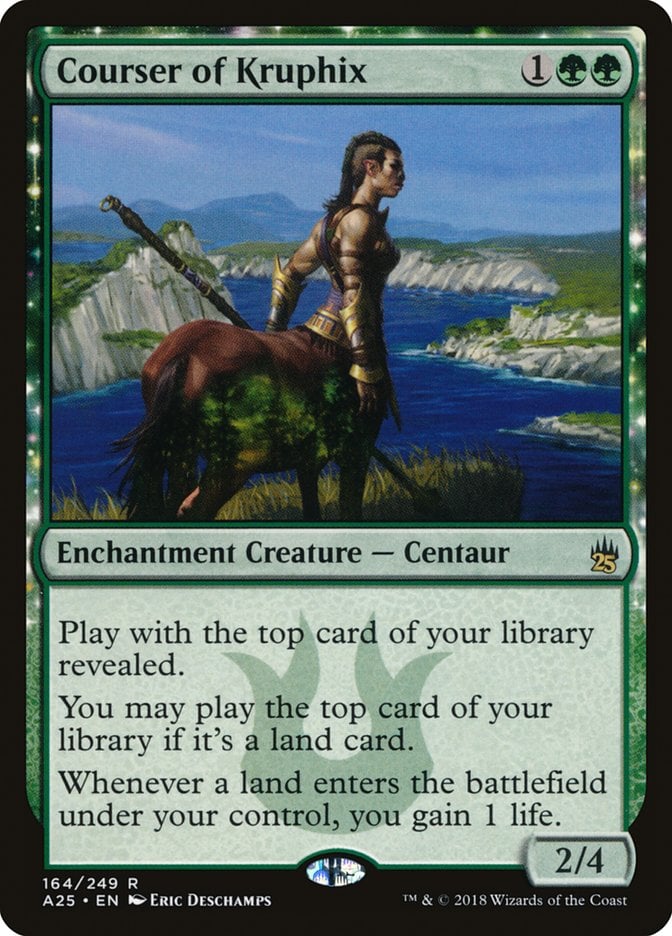



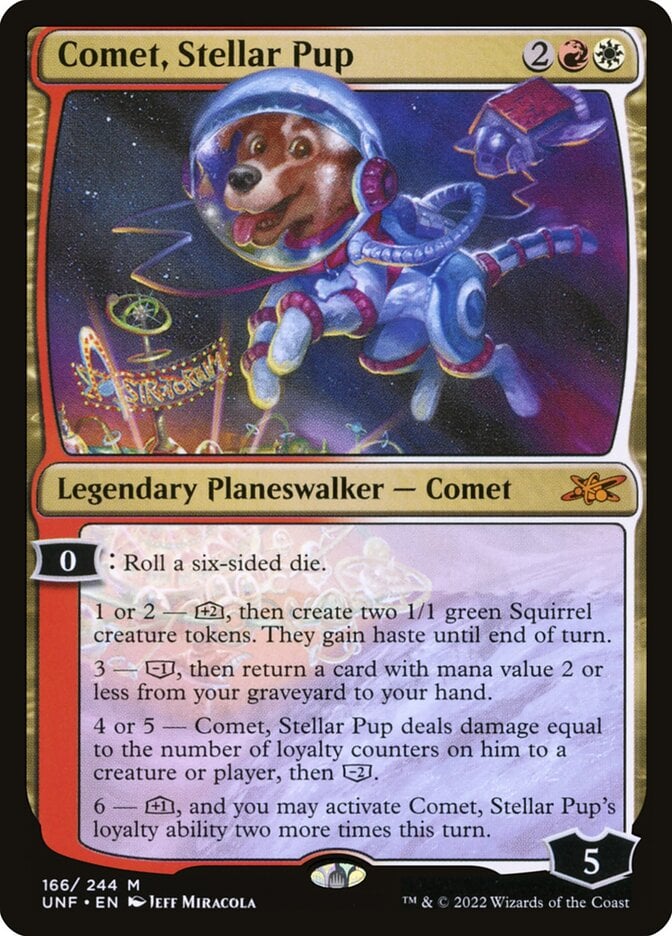
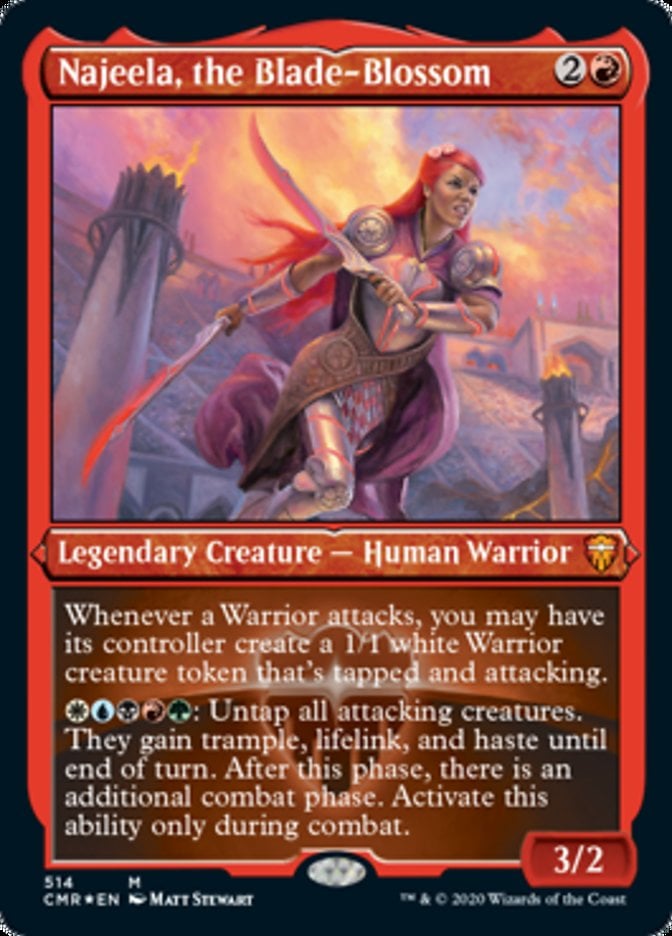
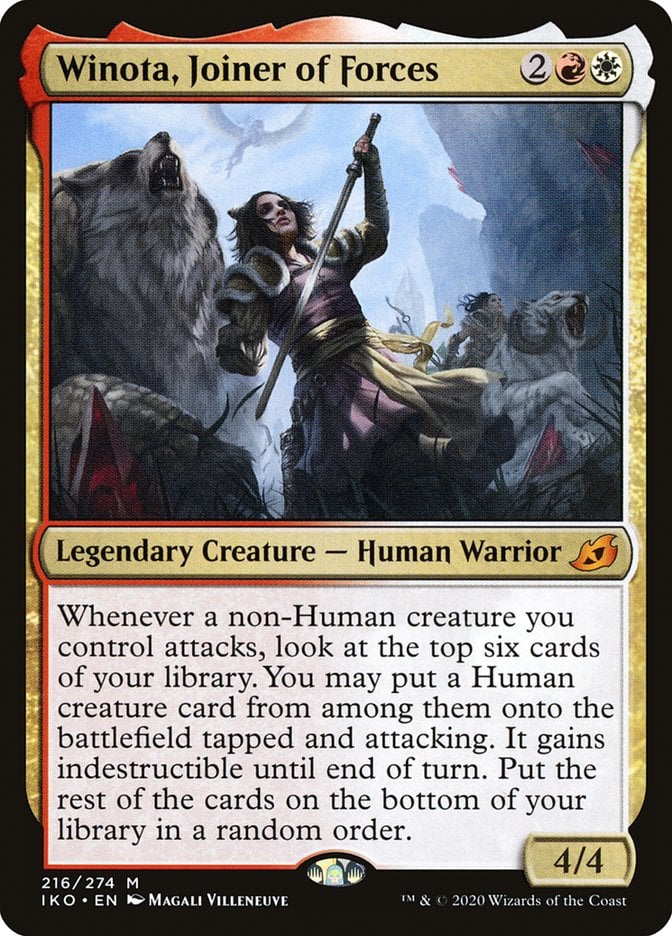
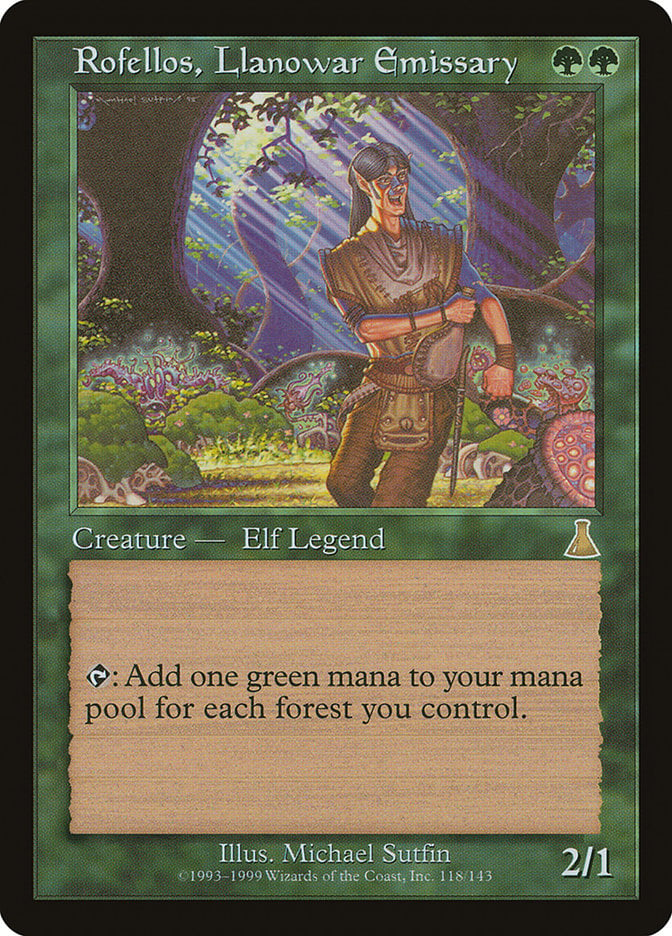
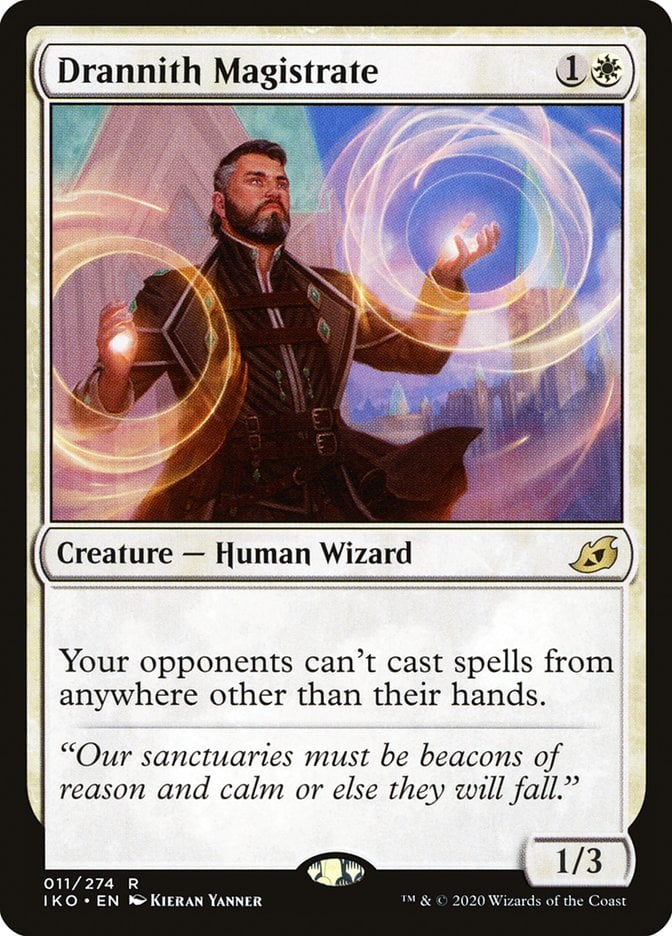
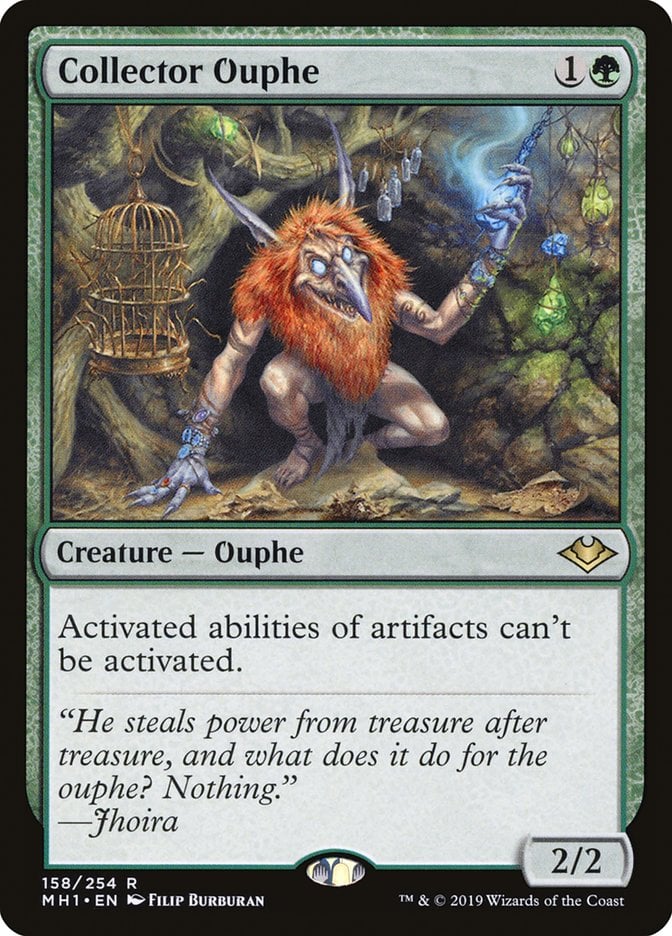
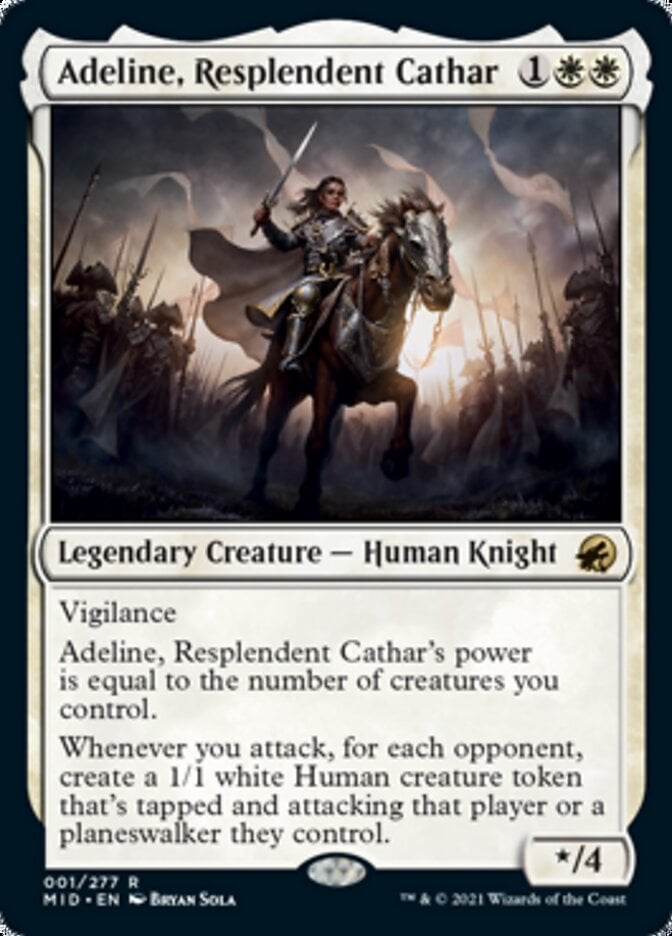
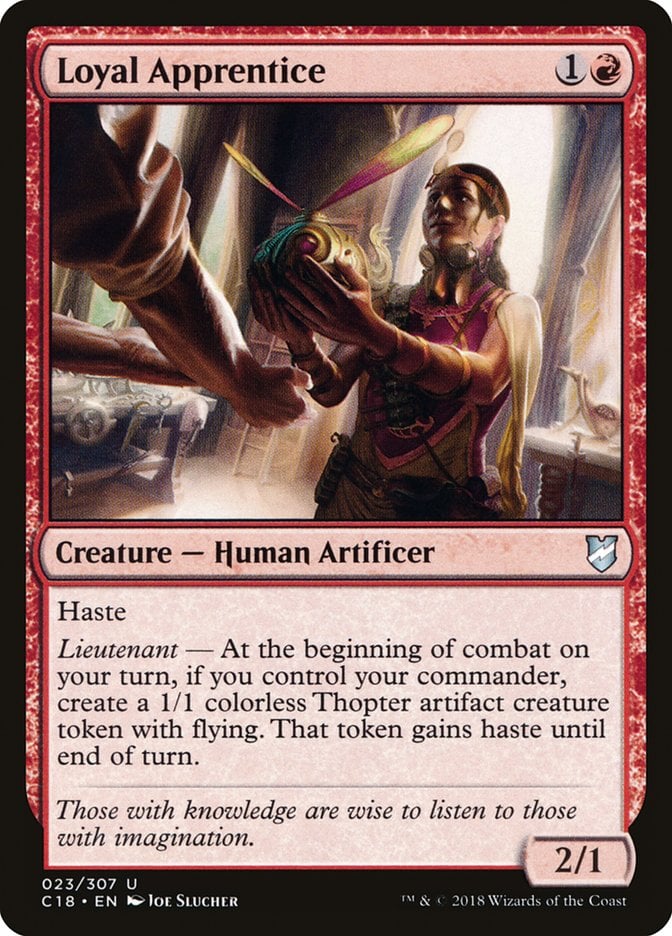
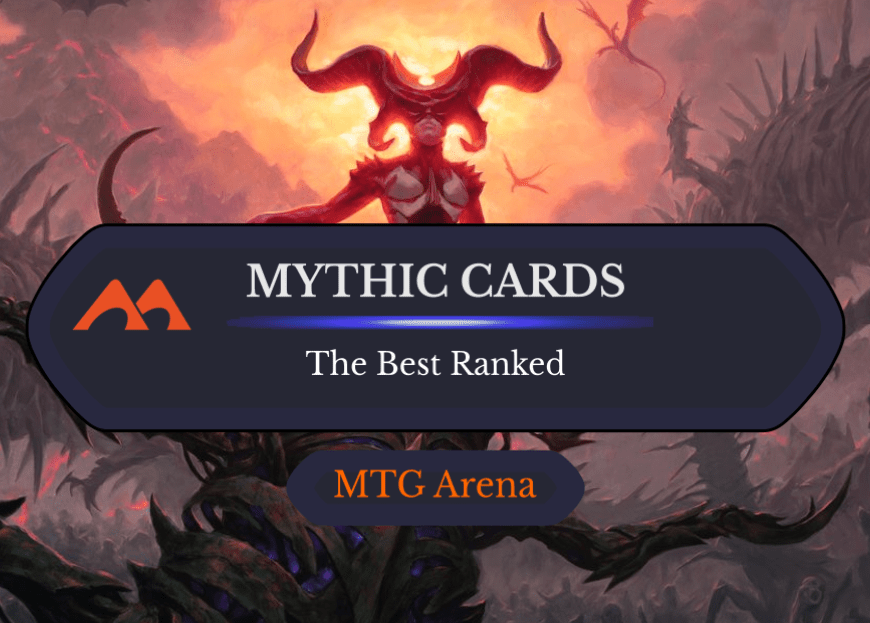
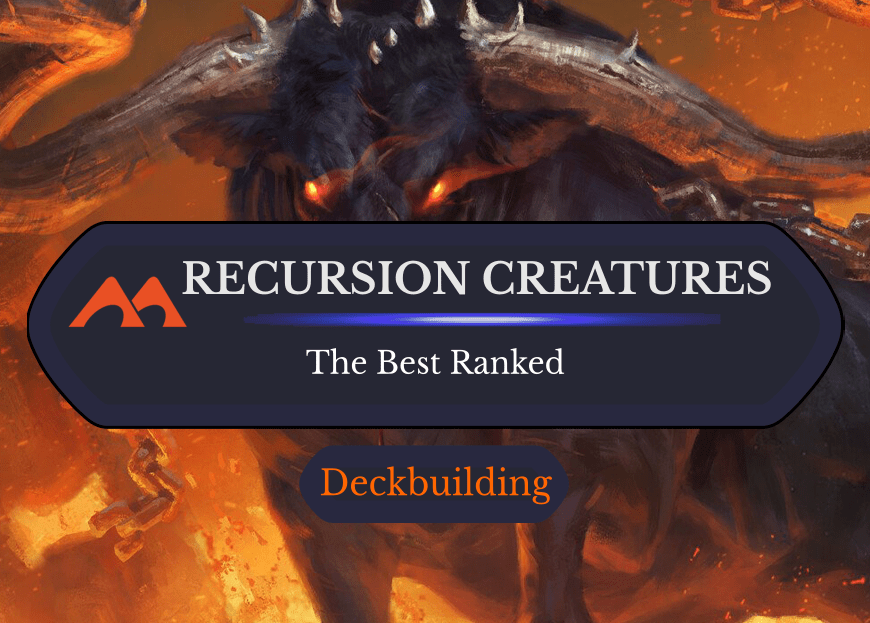
Add Comment